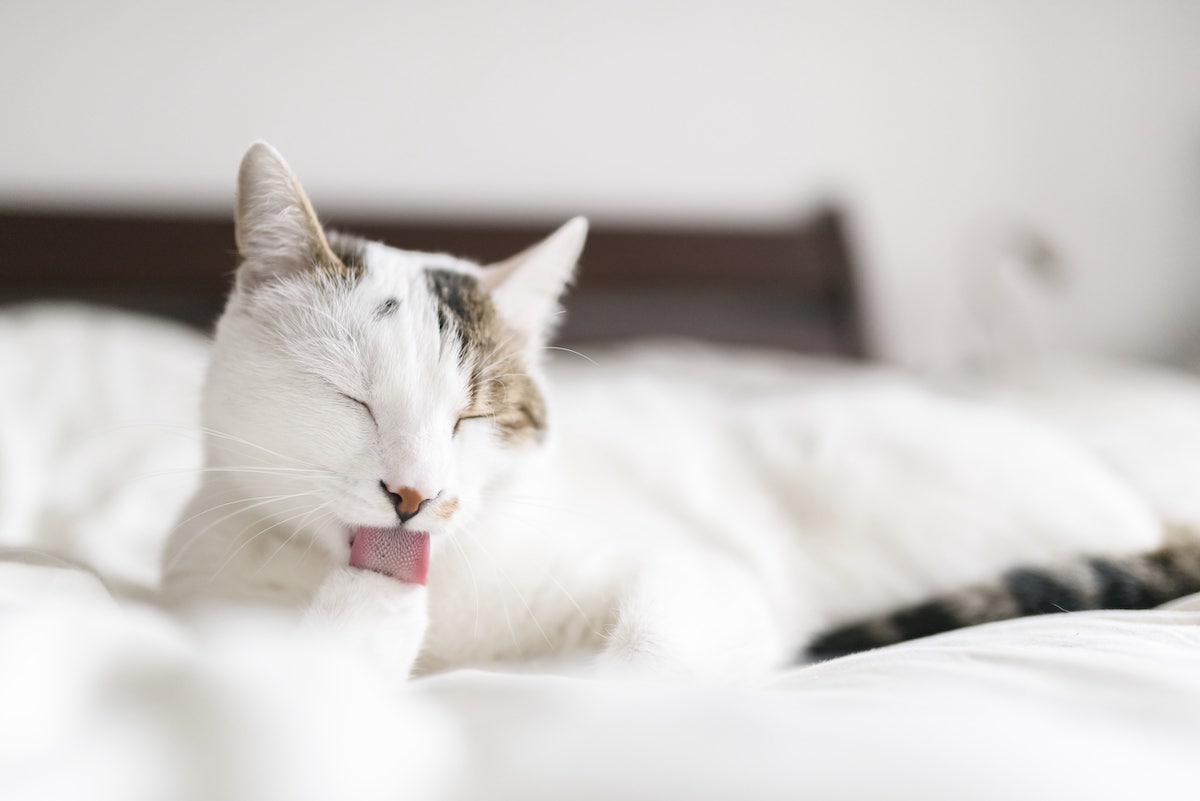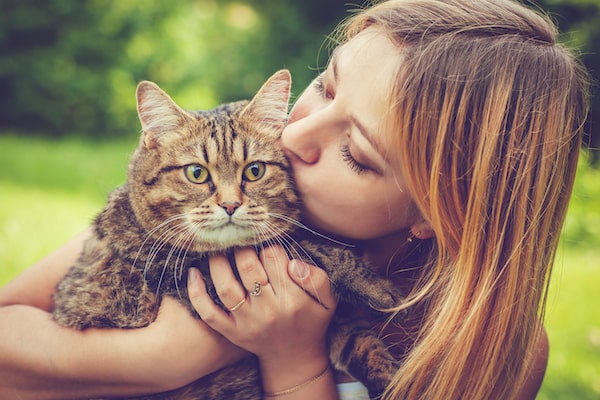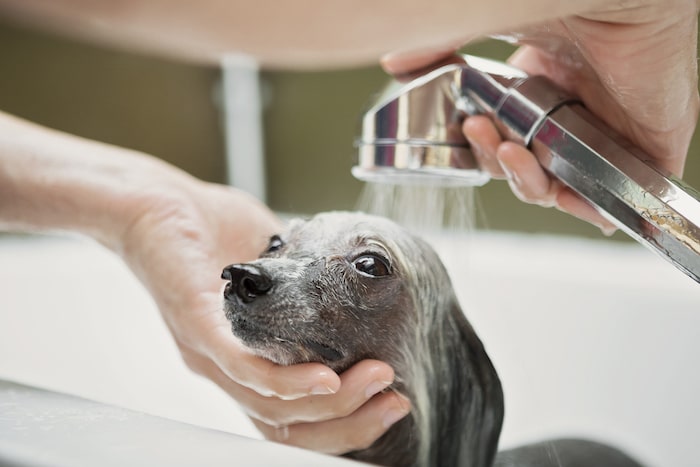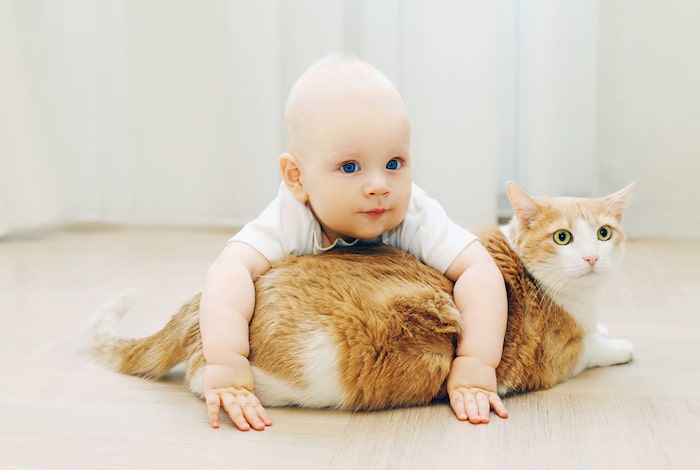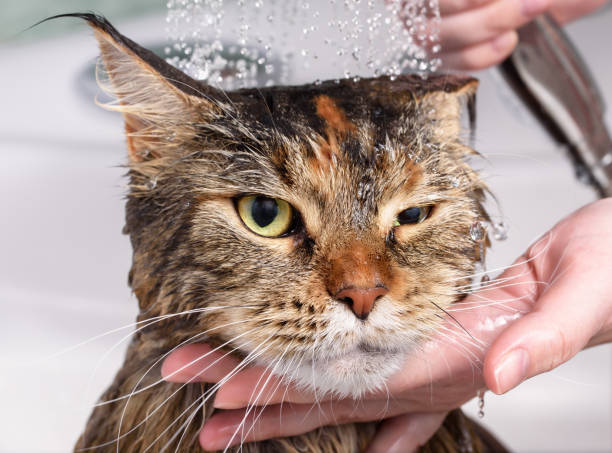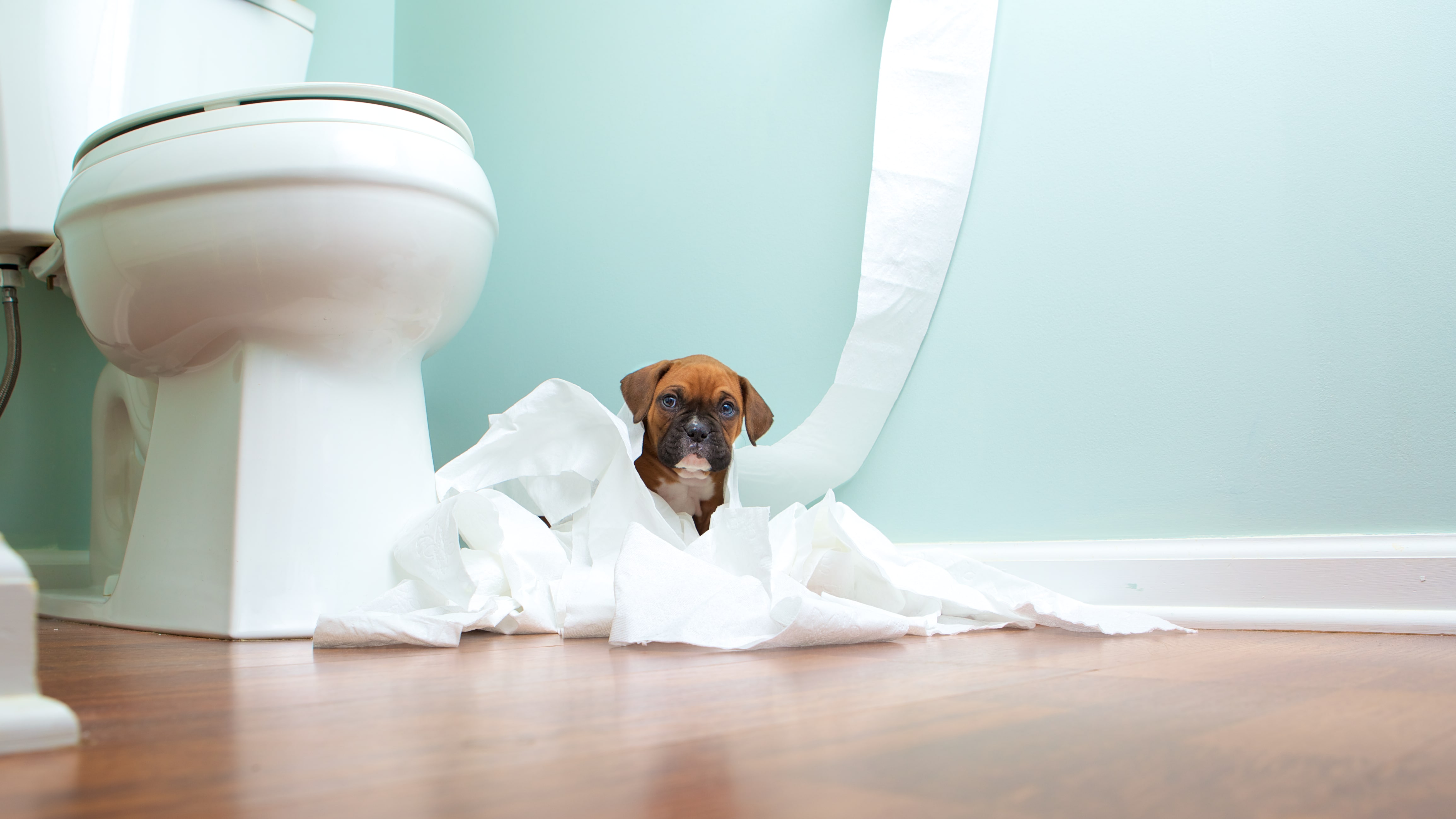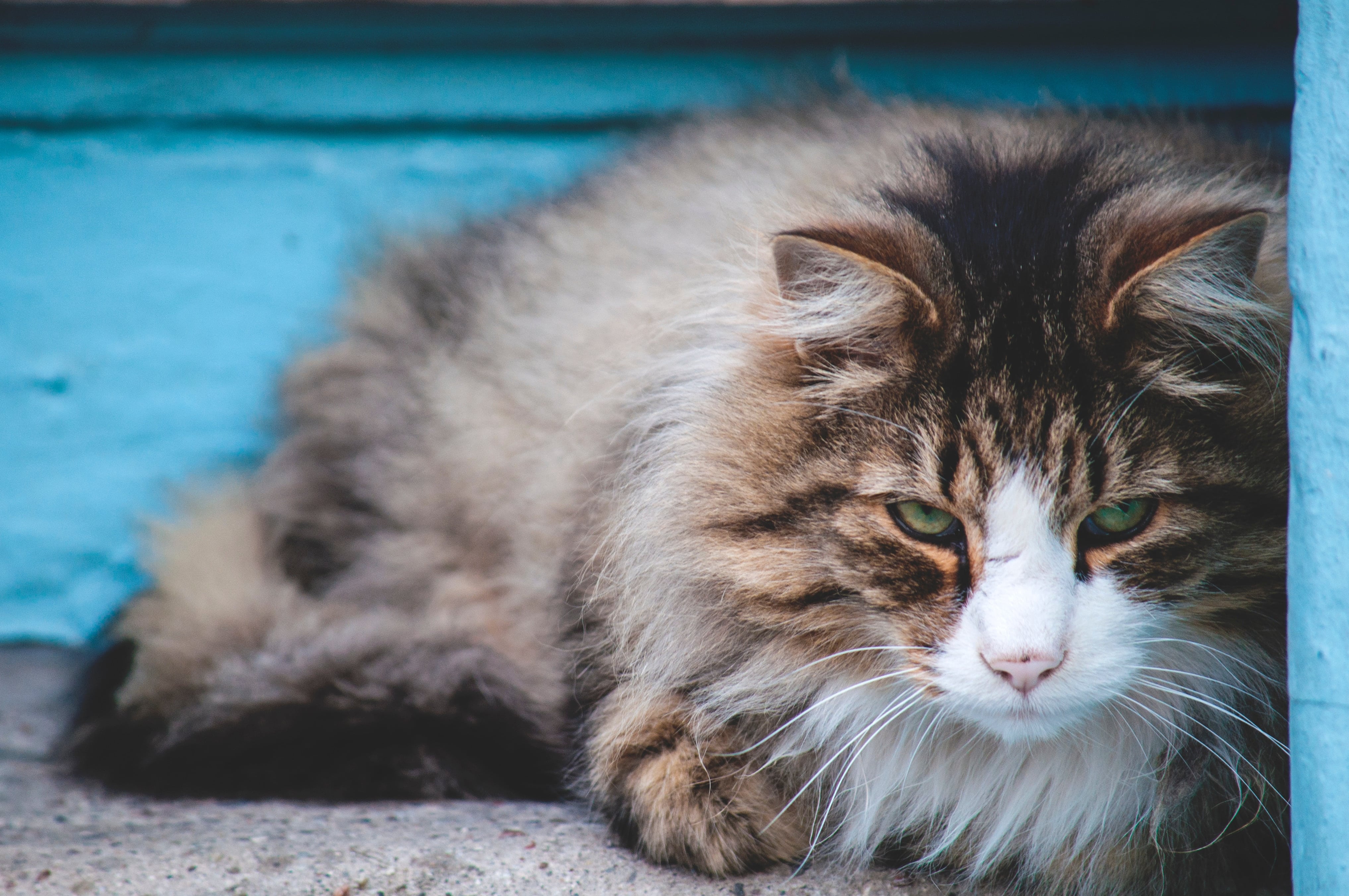
How to Financially Plan for a Cat
by Janine DeVault - 5/8/19
Cat ownership is a long-term commitment, so it’s important to make sure you’re financially ready. Here is the true cost of owning a cat, so you can determine whether you’re equipped to care for a furry friend.
Will You Adopt or Shop?
The first decision to make when it comes to cat ownership is how you will go about finding the right cat for your family. If you have your heart set on a particular purebred cat, be prepared to pay anywhere from $500 to $1000, depending on the breed.
Adopting a cat from an animal shelter or rescue organization is a good way to keep costs lower while giving a home to a cat in need. Adoption fees for cats from these organizations fall anywhere from $25 to $350. Rescuing a cat not only comes with lower adoption fees, but many times these pets are already spayed or neutered and often have their initial vaccinations. With this in mind, adopting a cat saves you money in more ways than one.
While cat rescue may seem like an attractive option because of the lower up-front cost, remember that your priority should be finding the right cat for your family.
Medical and Healthcare Expenses
The next expenses you’ll need to factor into the cost of owning a cat are medical expenses. When you first bring a cat into your family, there are usually a few initial, one-time veterinary expenses. When adopting a cat, be sure to budget some funds for vaccinations and a spay or neuter procedure.
The cost to spay or neuter a cat varies, depending on where you live and the clinic or organization you choose to perform the procedure. Generally speaking, the cost of the procedure starts at around $50, but can reach as high as $300 in some locations. Some counties offer free or low-cost spay/neuter programs to help make this procedure accessible for all pet owners.
Aside from vaccinations, which are usually renewed every one to three years, veterinary expenses for healthy cats are typically low. Of course, if your cat happens to have an allergy or a chronic health problem, you may need to allocate additional funds to your veterinary budget. It’s wise to set aside a small amount of money in your cat’s name each month, just in case any unexpected illness occurs.
Pet Supplies
Pet supplies are another expense likely to be high initially, but balance out over time. When you first bring your cat home, you’ll need to purchase the standard items such as feeding dishes, toys, a litter box and a scratching post.
After you have the basics, your monthly expenses will include food, cat litter and cat treats. The cost for these items will vary depending on the brands you choose, but will likely fall somewhere between $15 to $50 per month. If you’re hoping to keep your expenses as low as possible, buy supplies like food and cat litter in bulk when possible.
Pet Care Expenses
Pet care expenses include everything from pet sitting to pet grooming. If you travel a lot or have a cat with a high maintenance coat, you may need to budget more for this area. This is an easy expense to forget about as you calculate how much a cat costs.
If you anticipate needing to board your cat at some point, call around to local kennels for a quote. Multiply the rate by the average number of nights per year you may need to board your cat, and then divide by 12 to determine how much money to set aside for this expense each month.
Do the same activity with a local cat groomer. Many cats don’t require professional grooming, but if you’re considering adopting a long-haired breed, it may be a necessary expense. Ask yourself, is the cost of monthly grooming something you can manage?
Plan for the Unexpected
In a perfect world, we’d live happily ever after with our furry friends forever more. We’d never have to worry about accidents or major health problems. Sadly, owning a cat does come with unexpected costs. Try to set aside money for your cat each month to cover you in case of an emergency. If you happen to find yourself in a pinch, Scratchpay can help cover your cat’s medical expenses to avoid coming up short in other areas of your budget.
Janine DeVault is a pet care writer, animal rescue advocate, and former celebrity dog walker. She lives in Mexico with her three rescue pets, Maia, Fozzy, and Kesi.
References


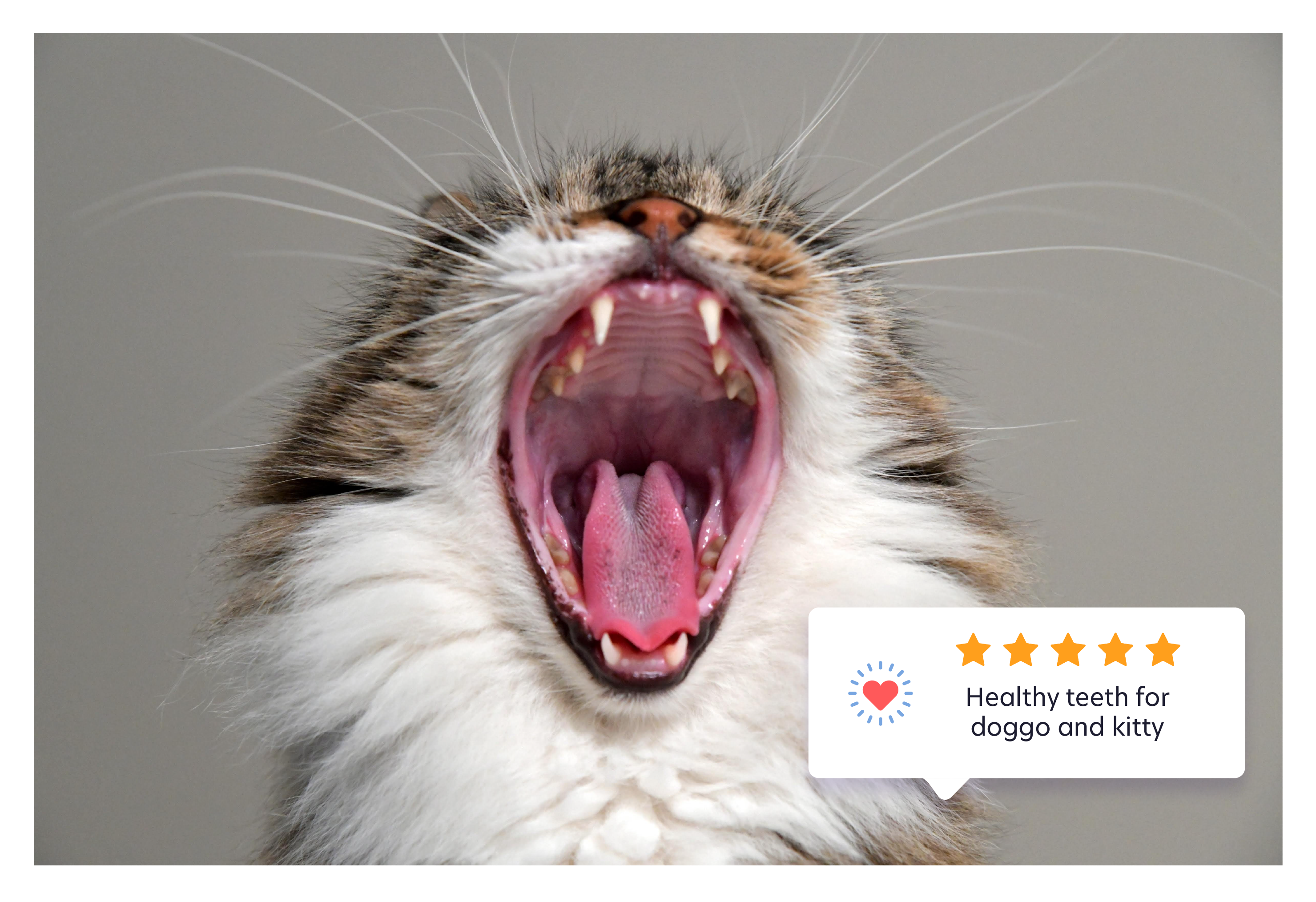

.jpg)

.jpg)

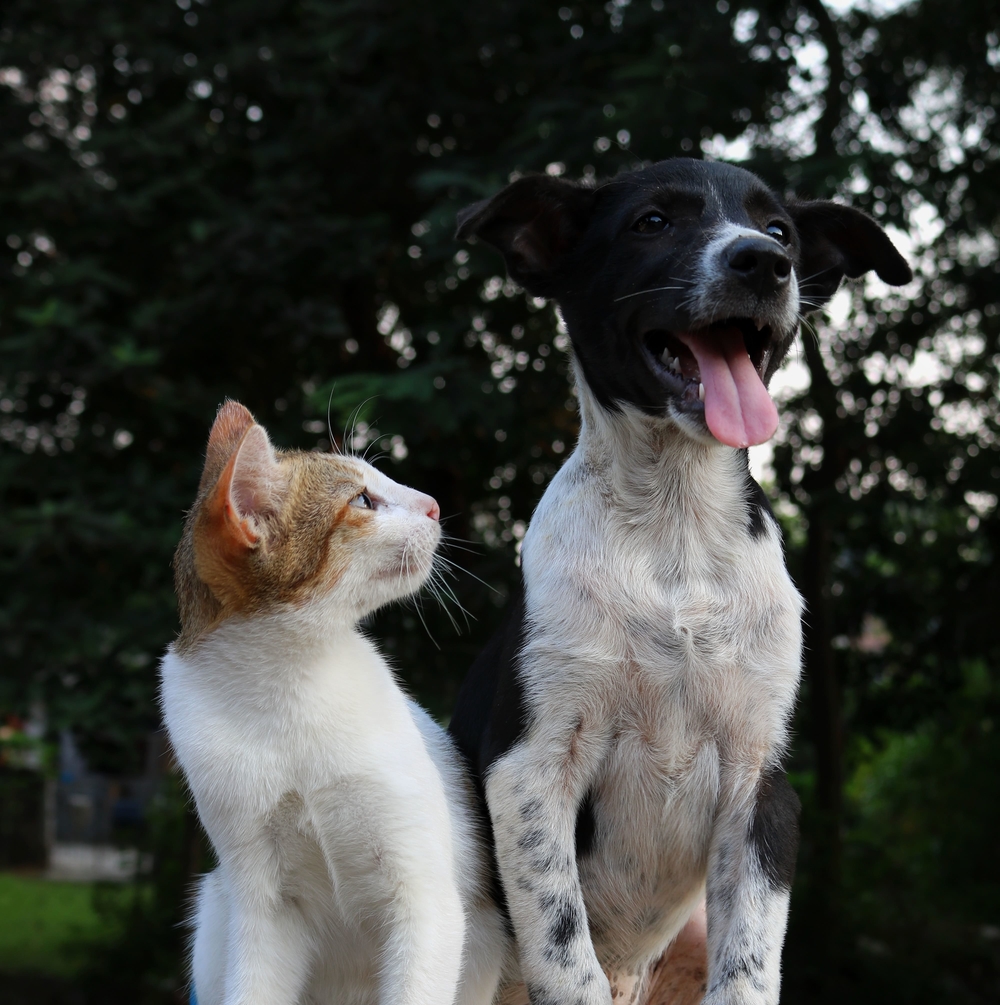
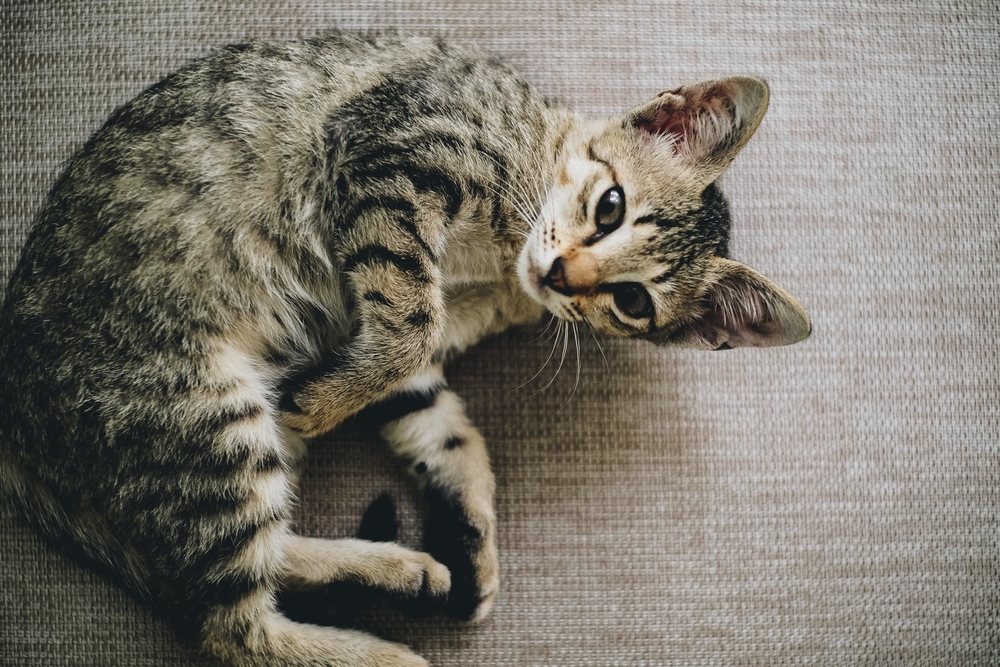
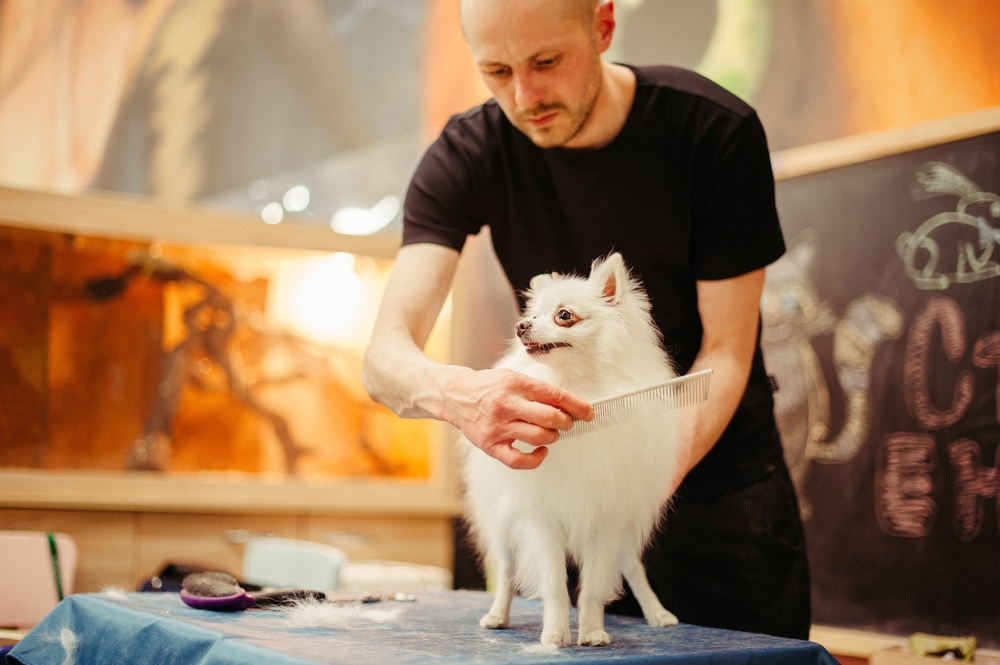
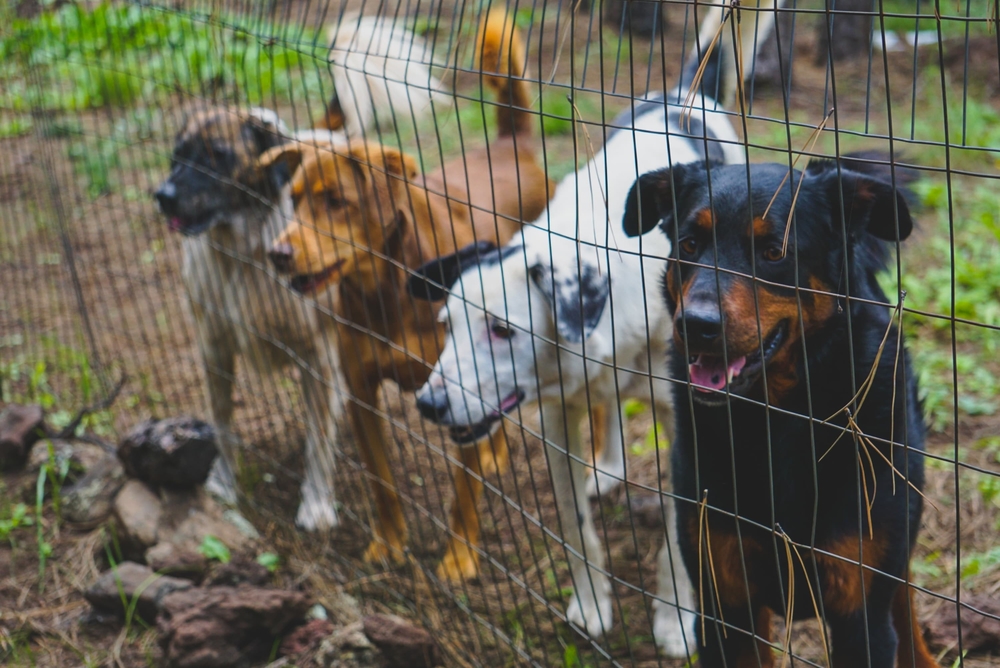
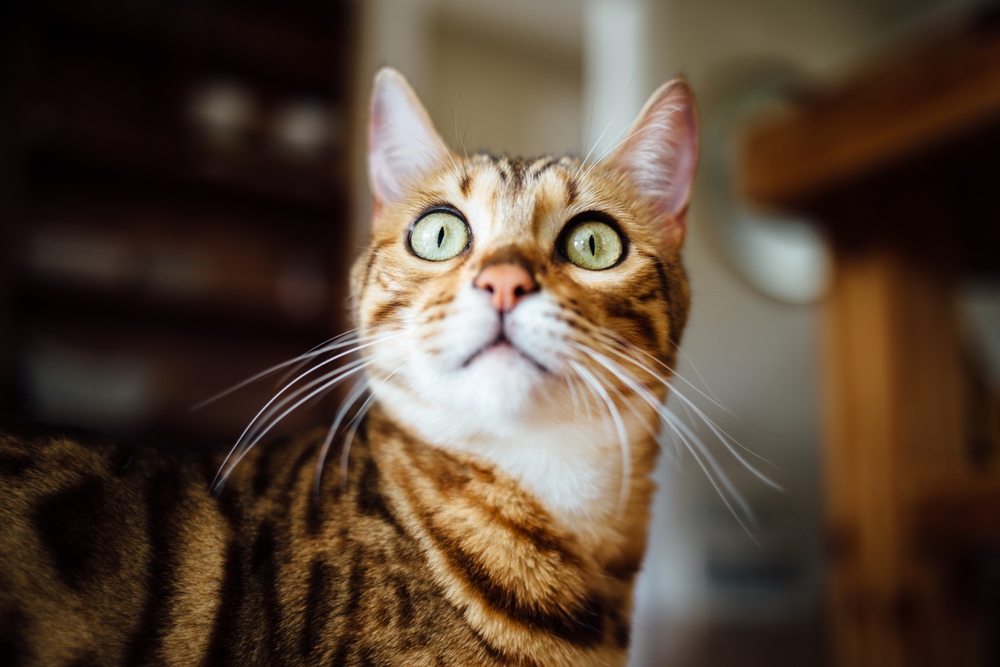


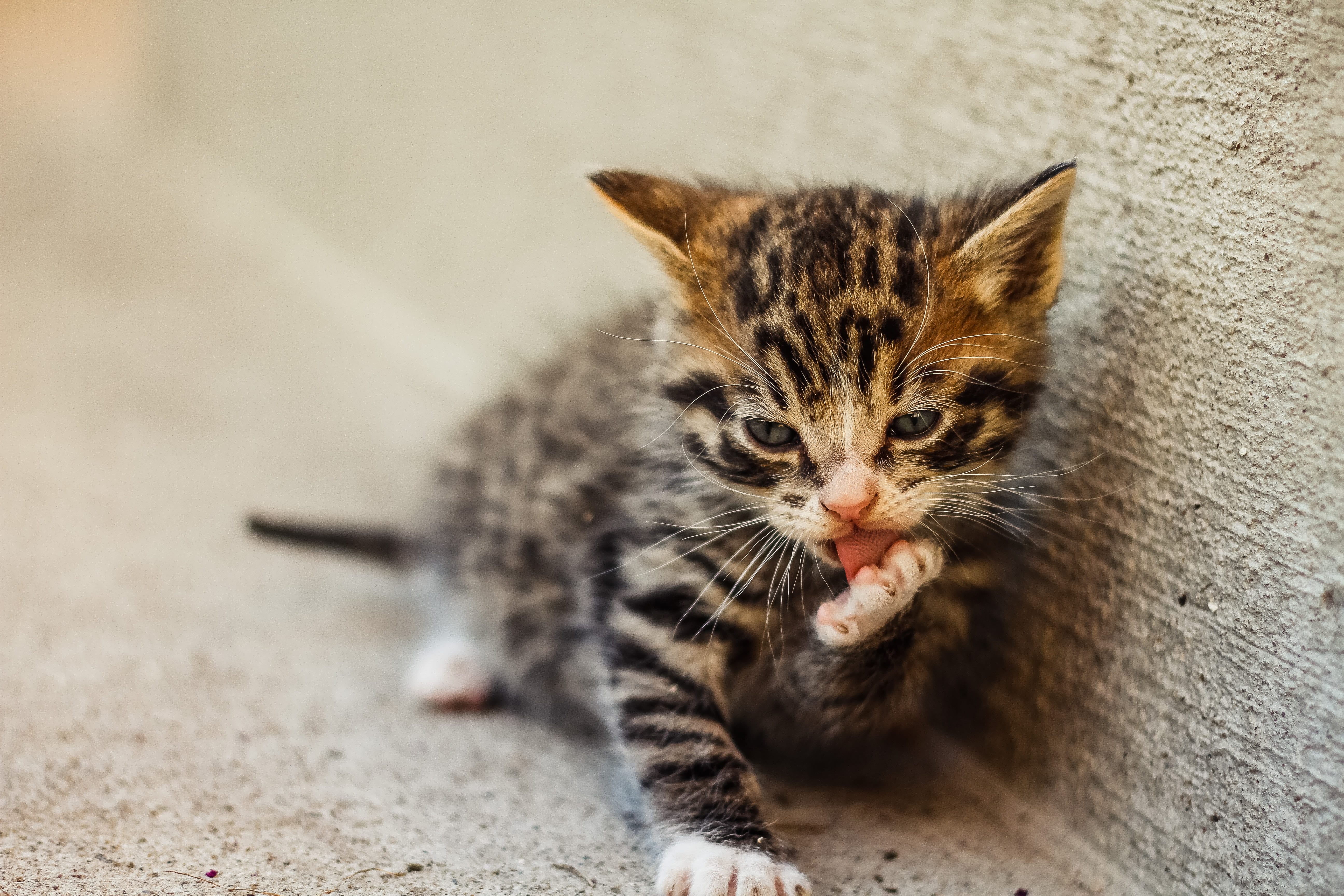

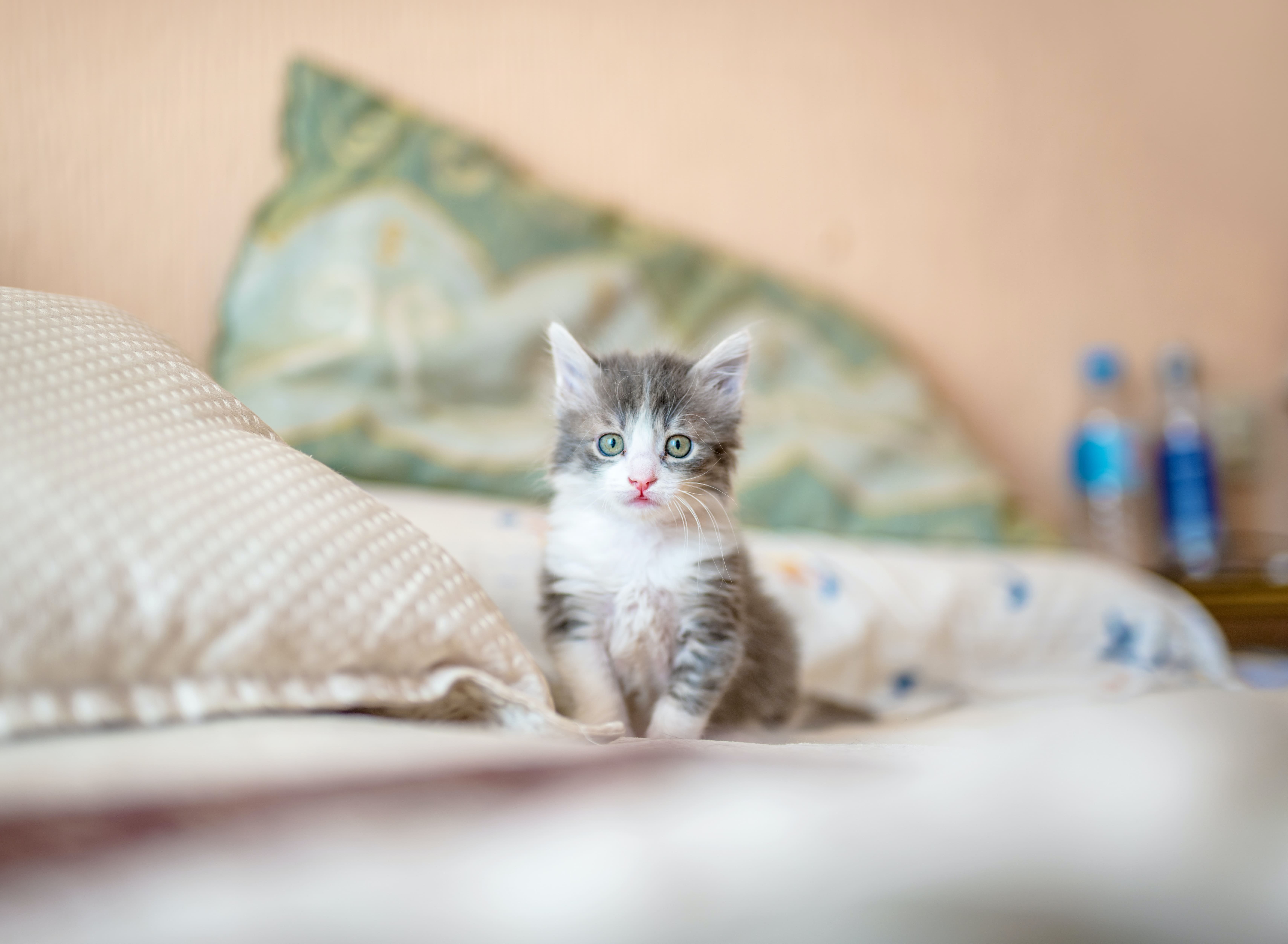
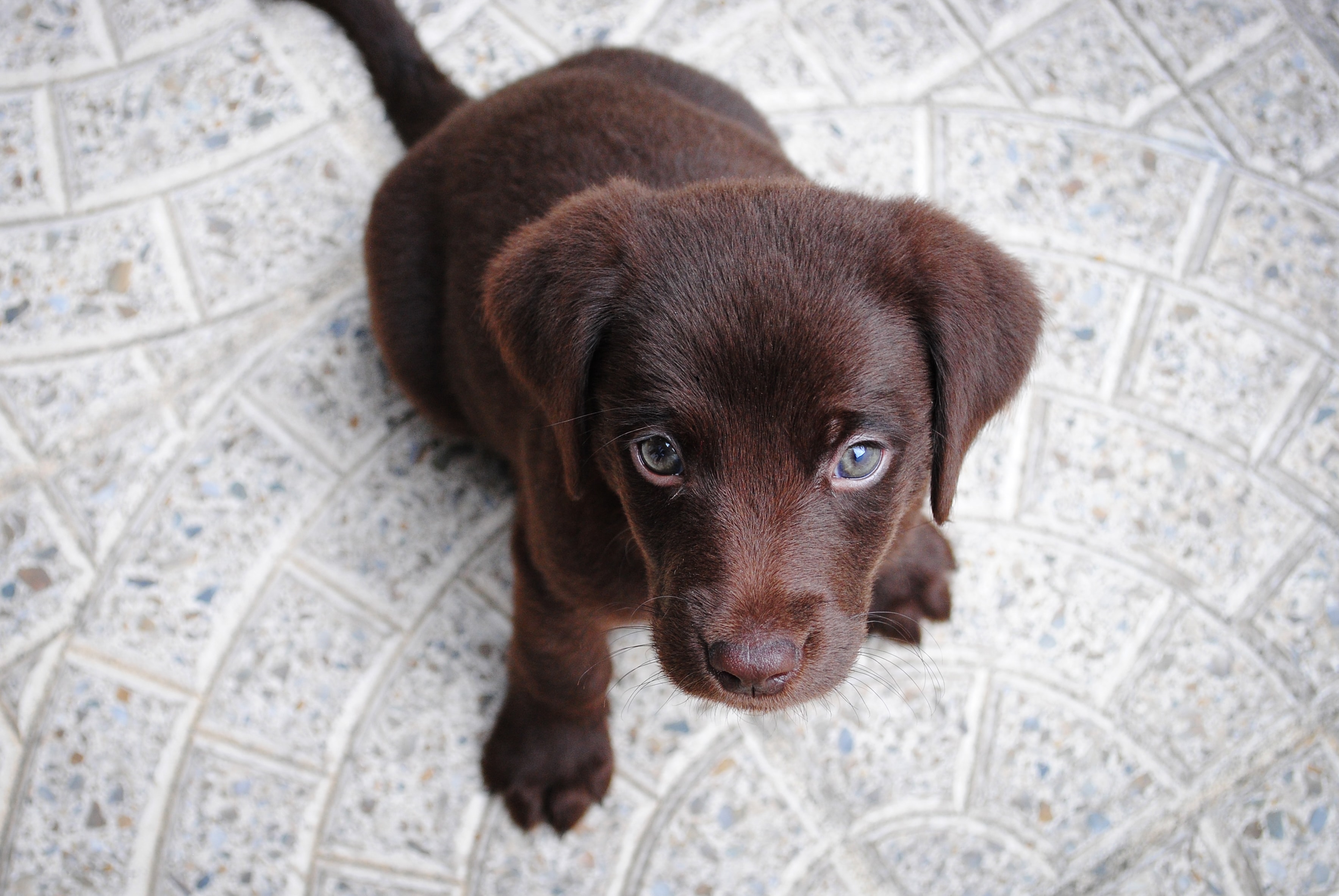
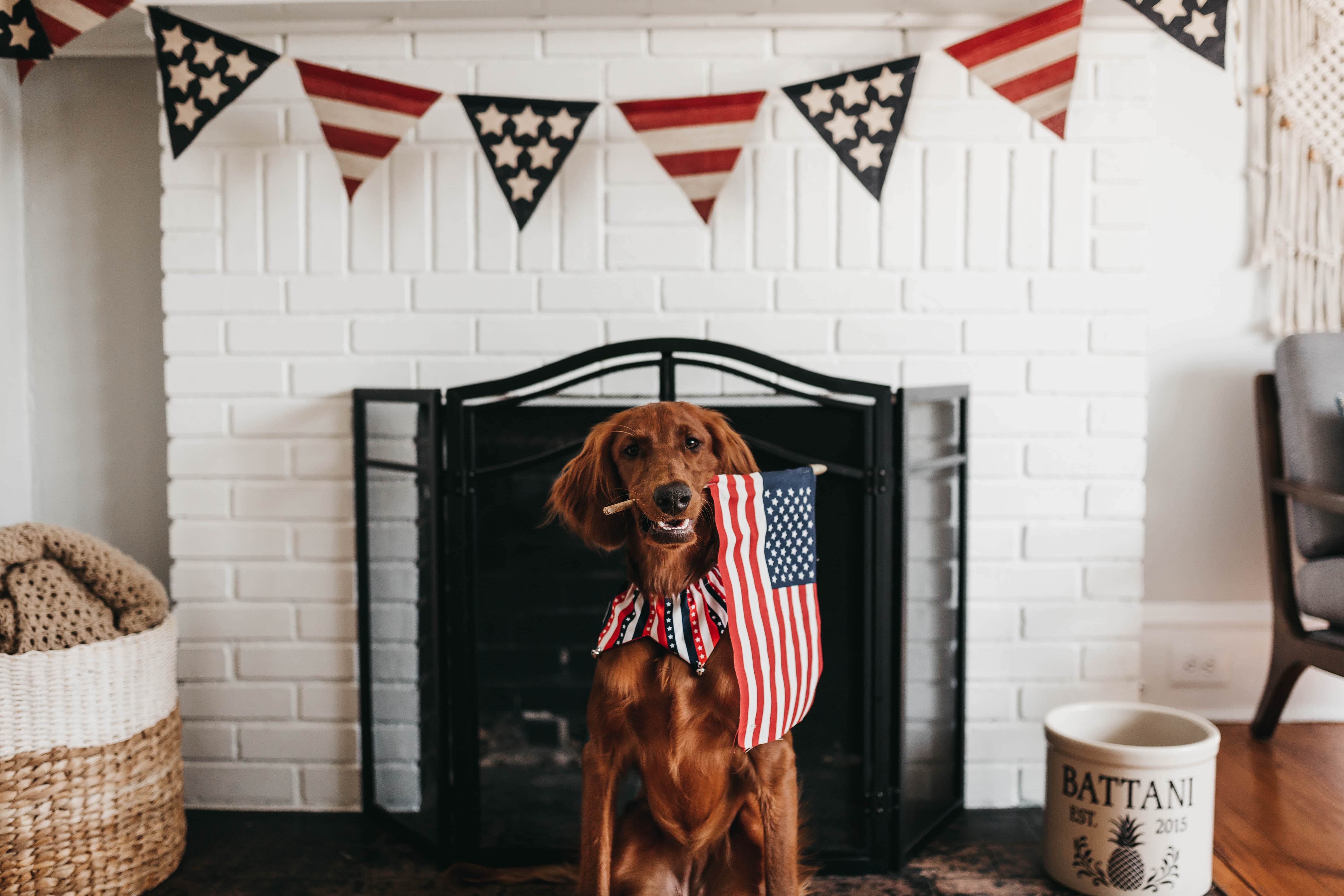
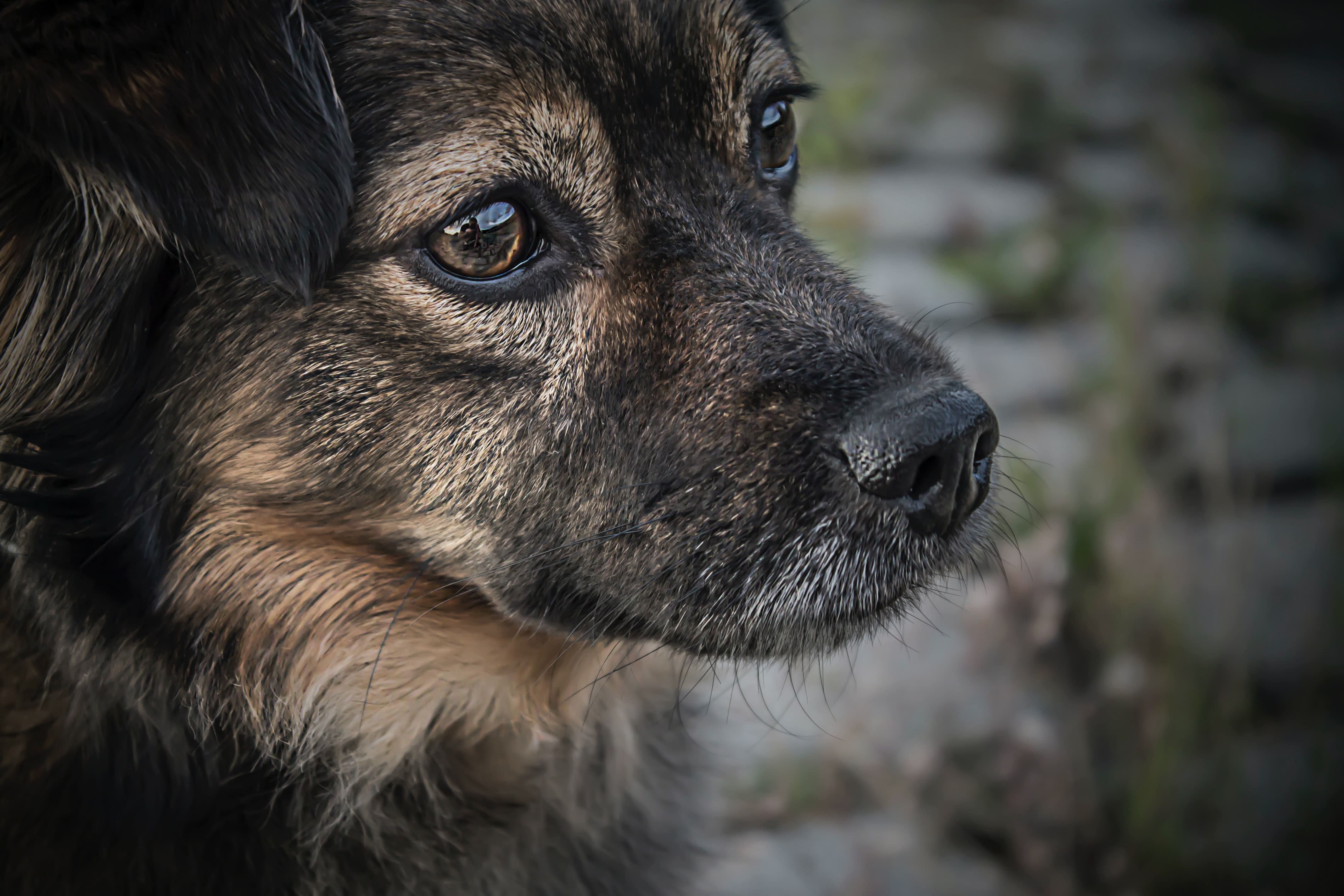
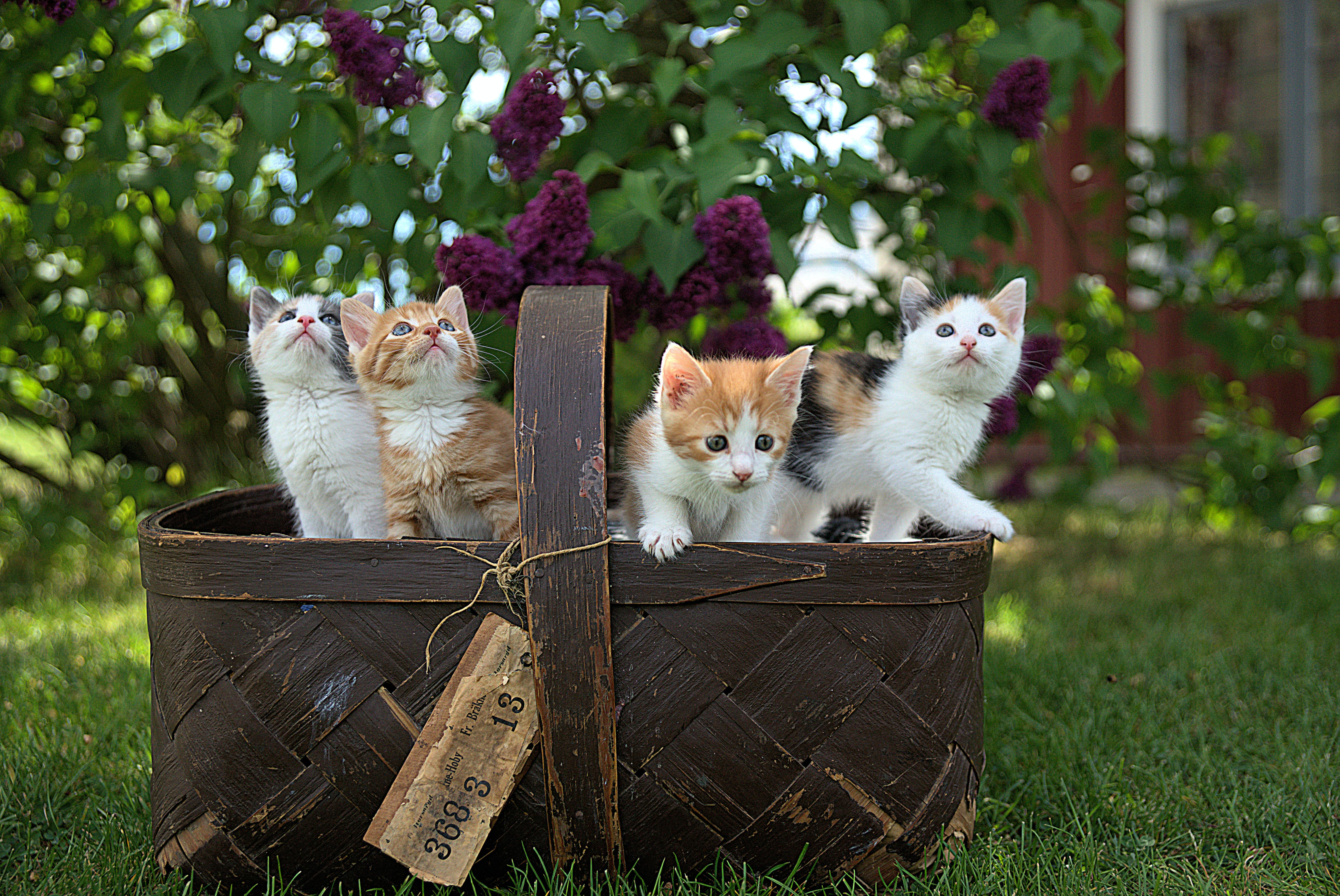
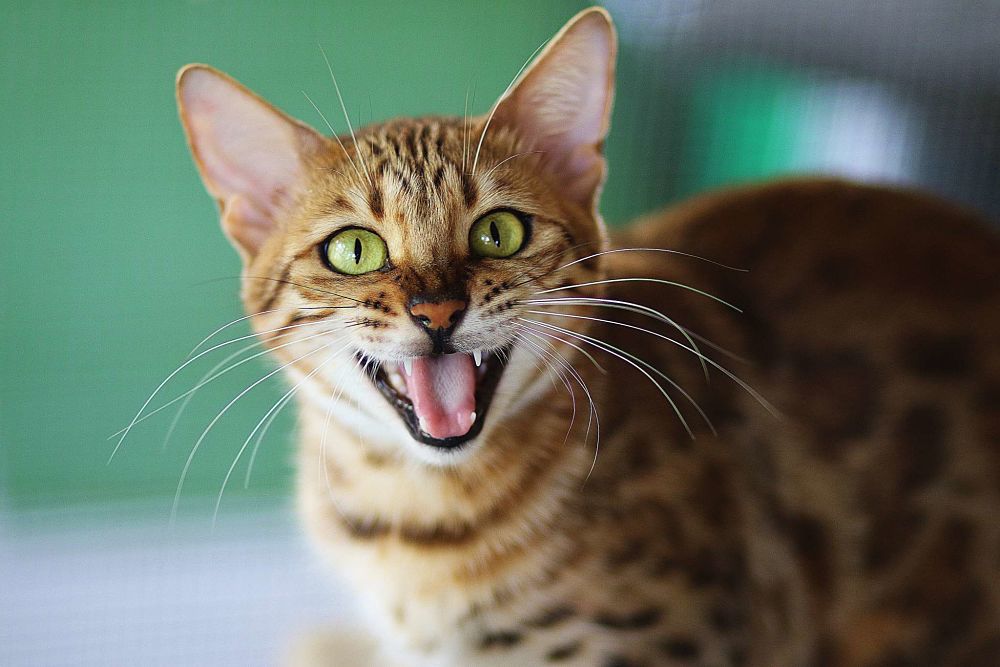
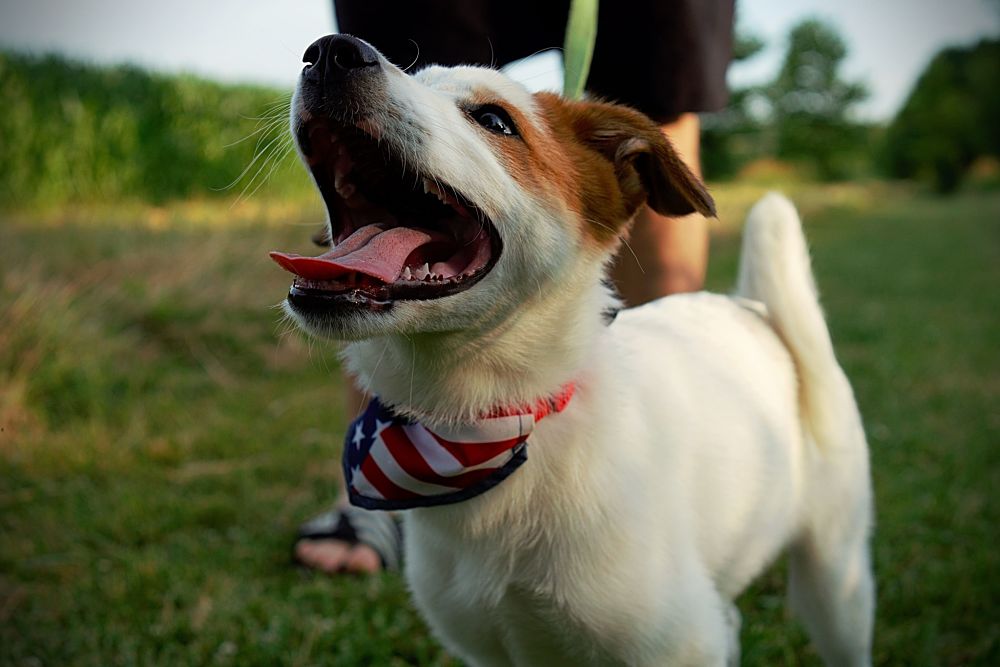

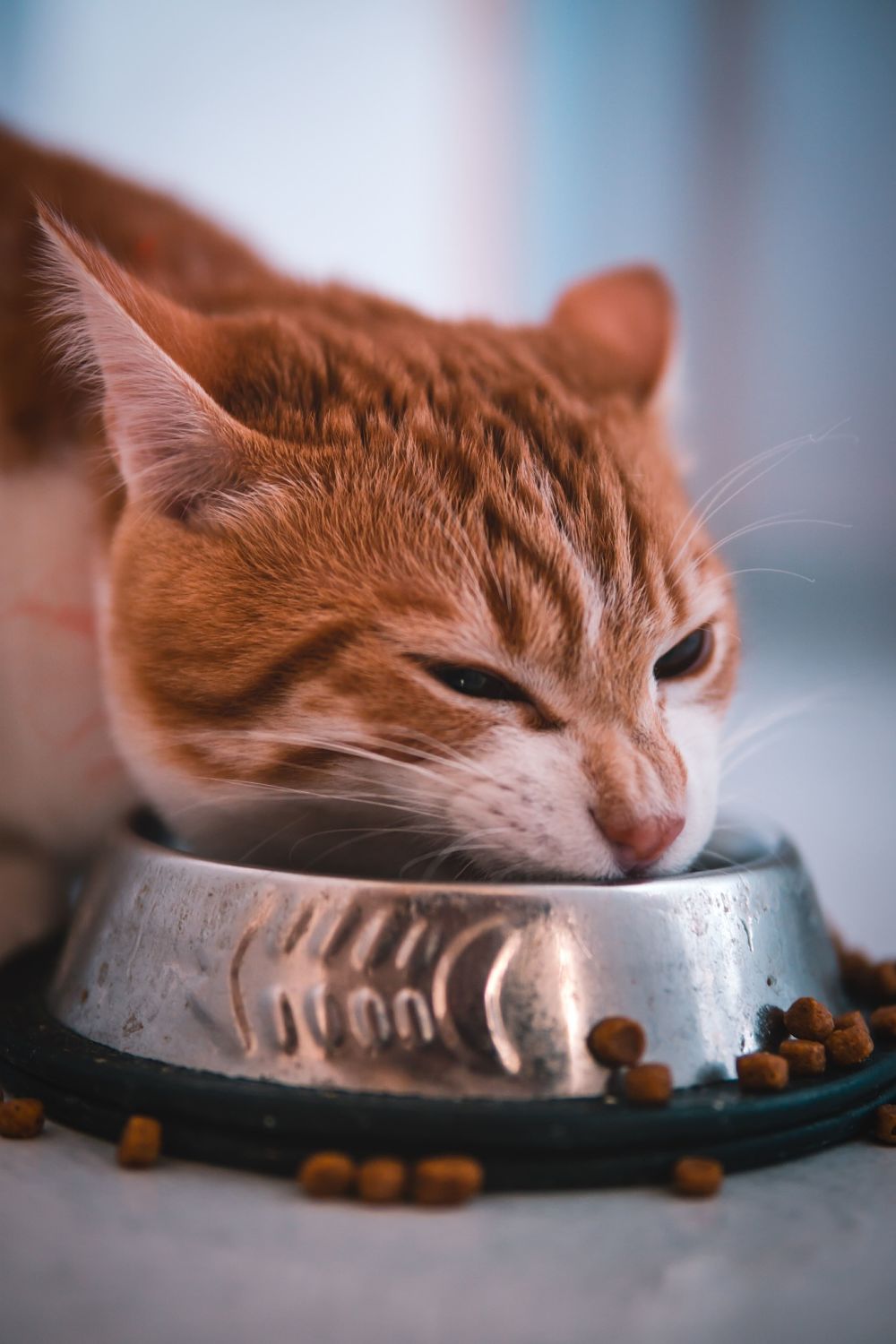

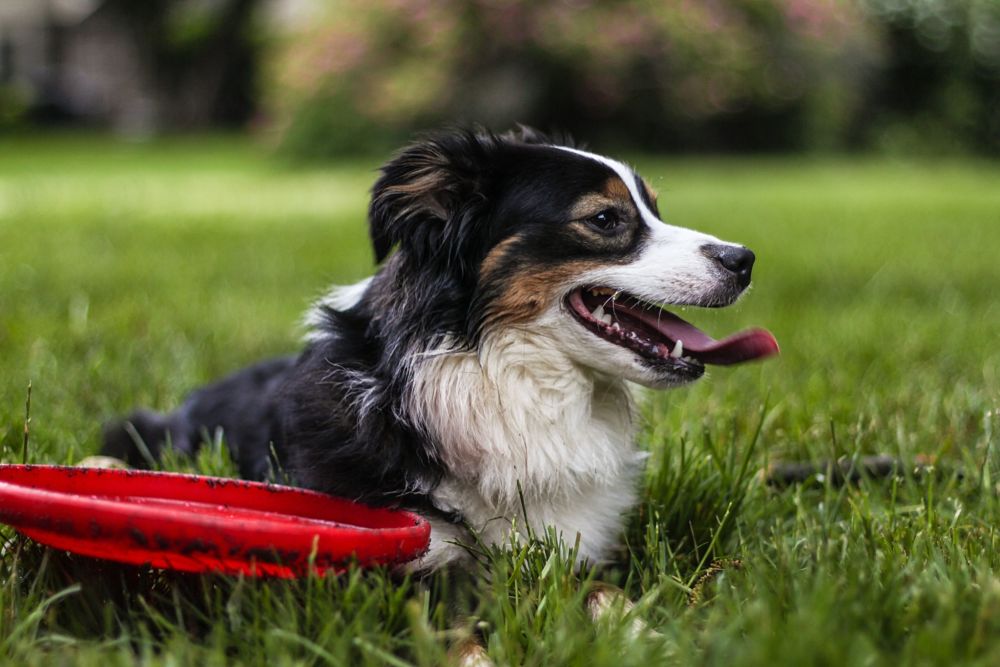
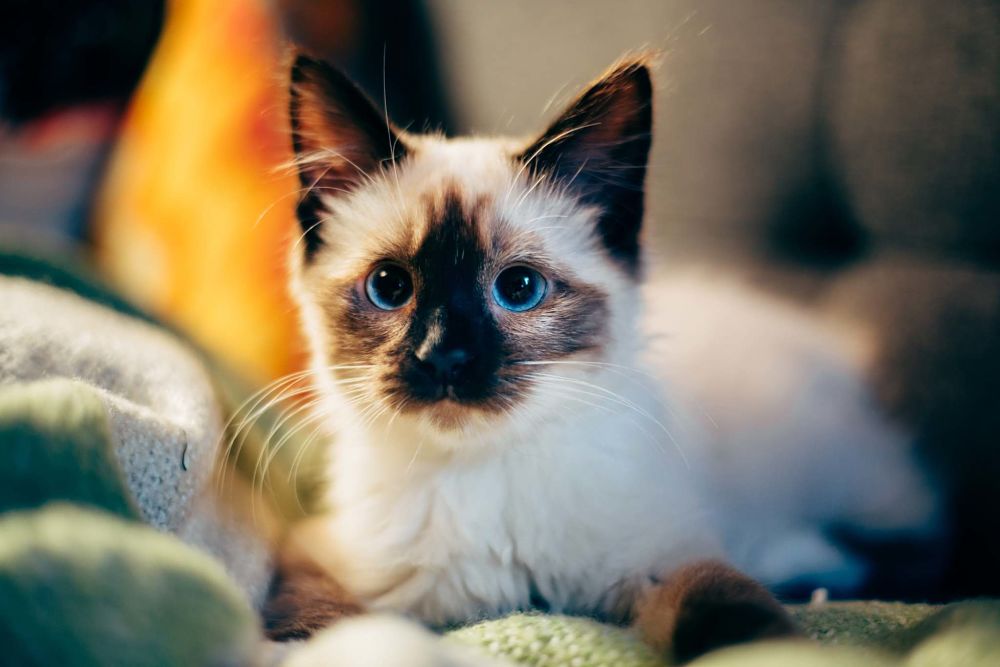

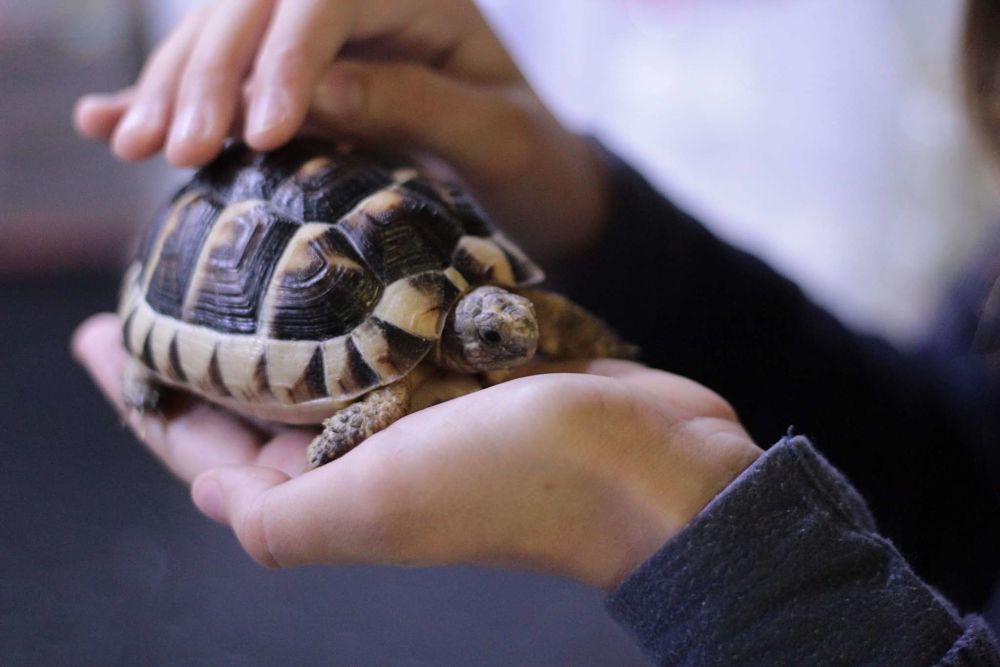
.jpg)


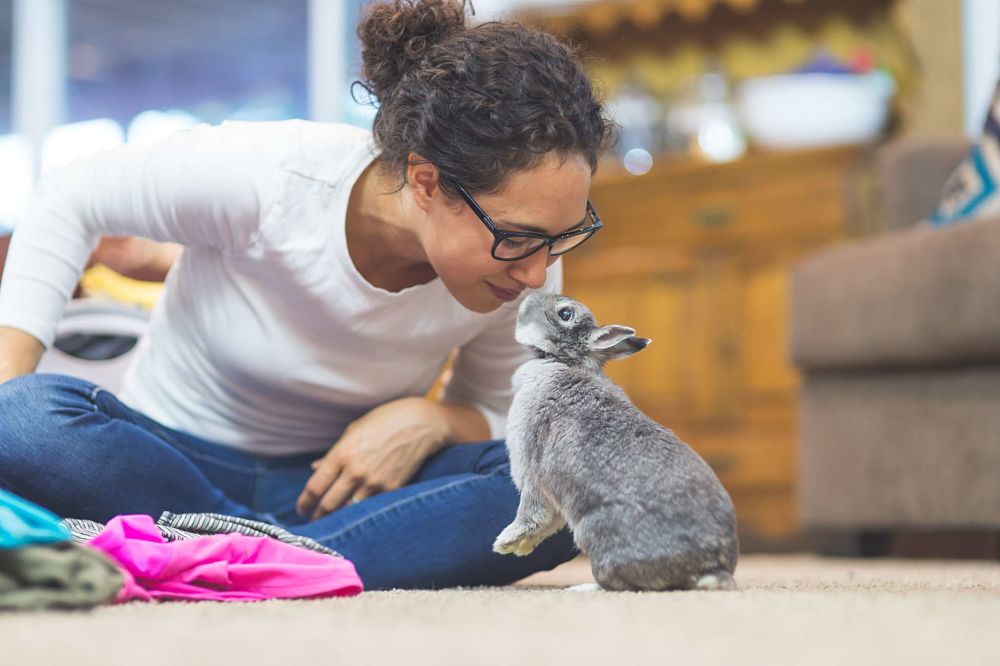
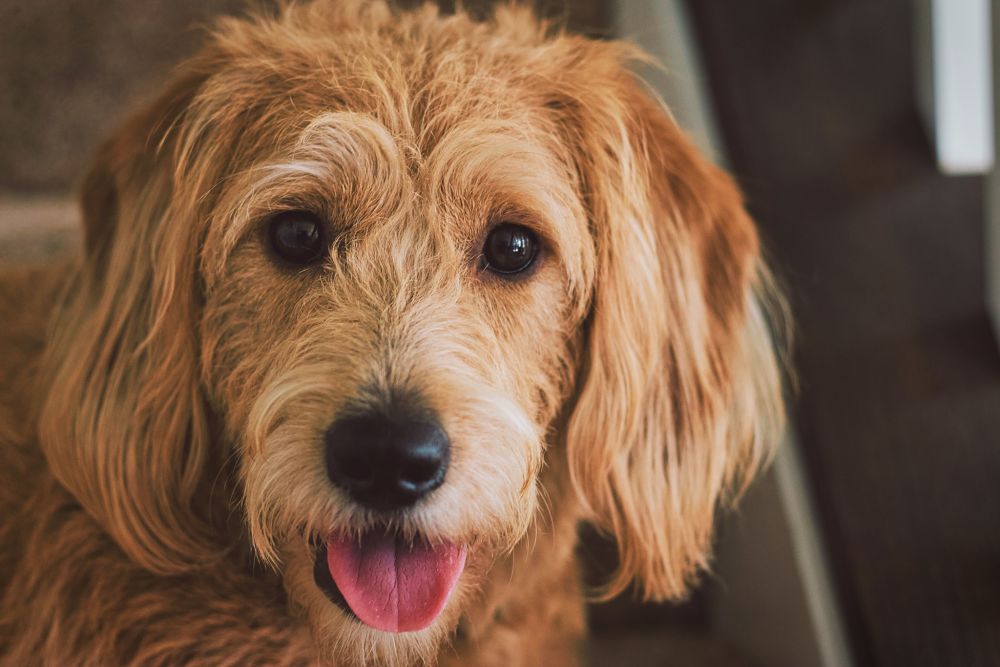

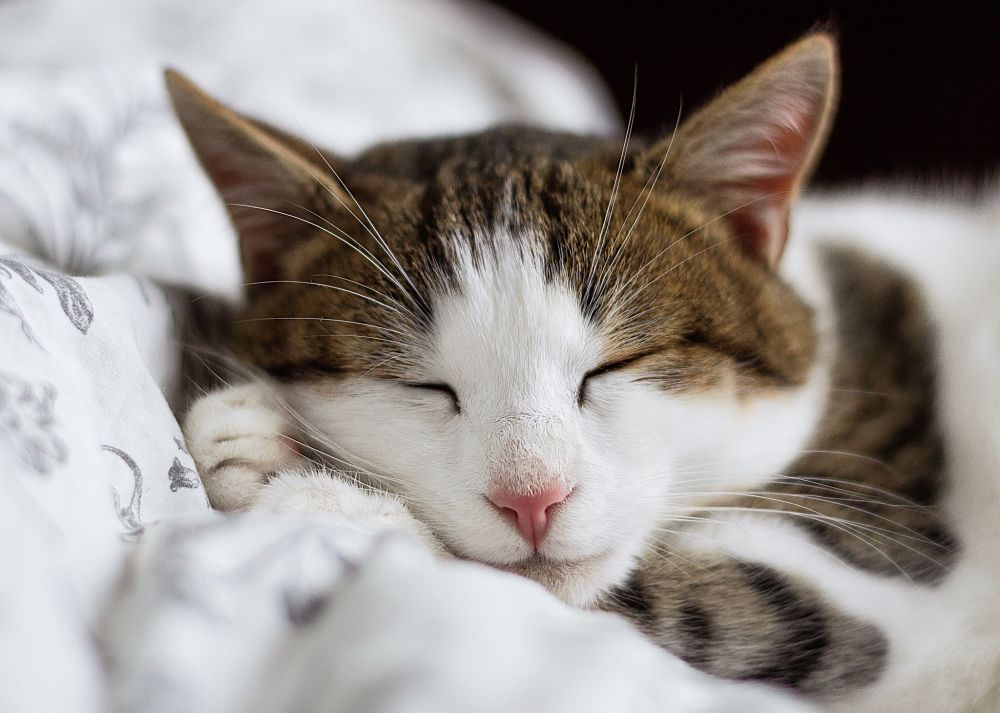
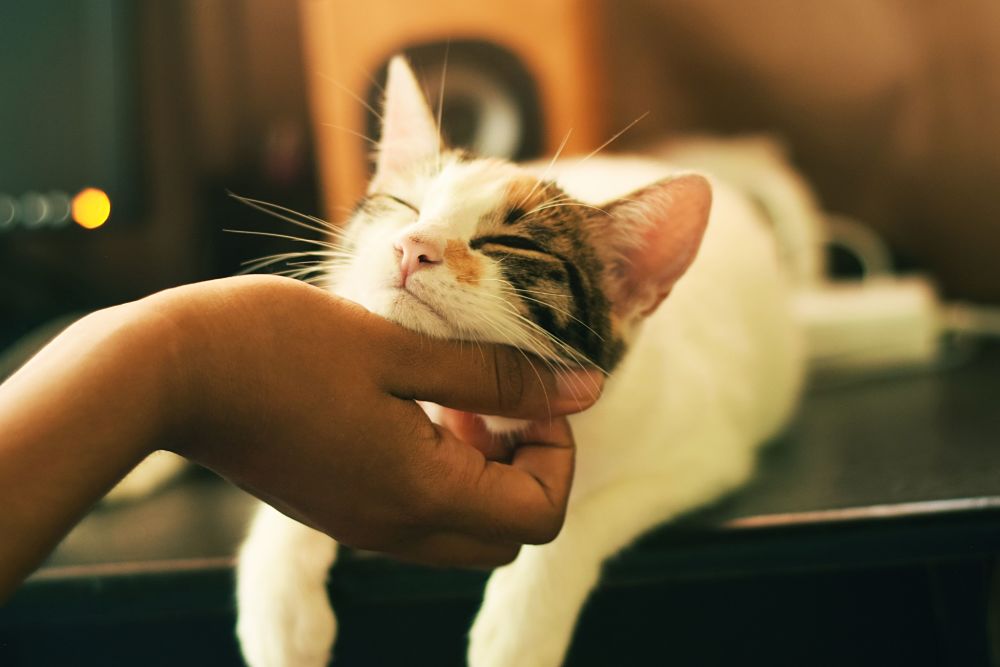
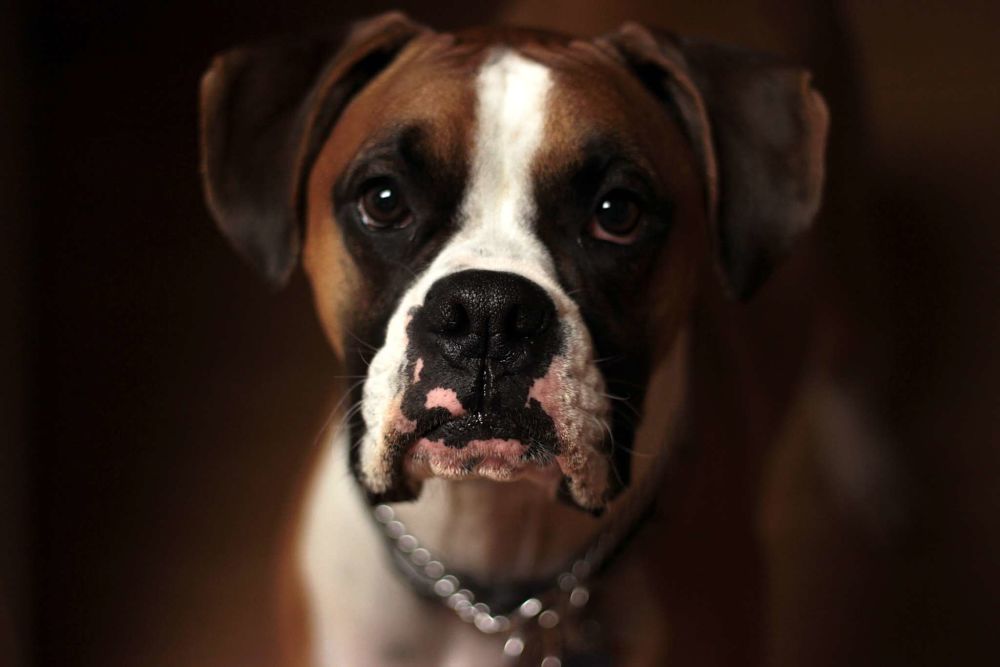

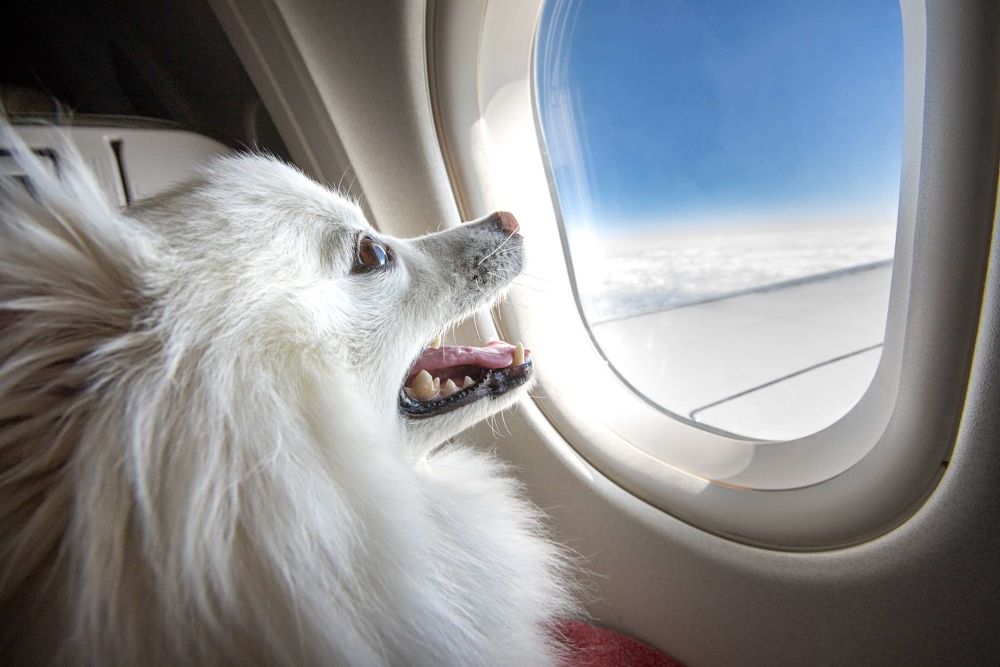

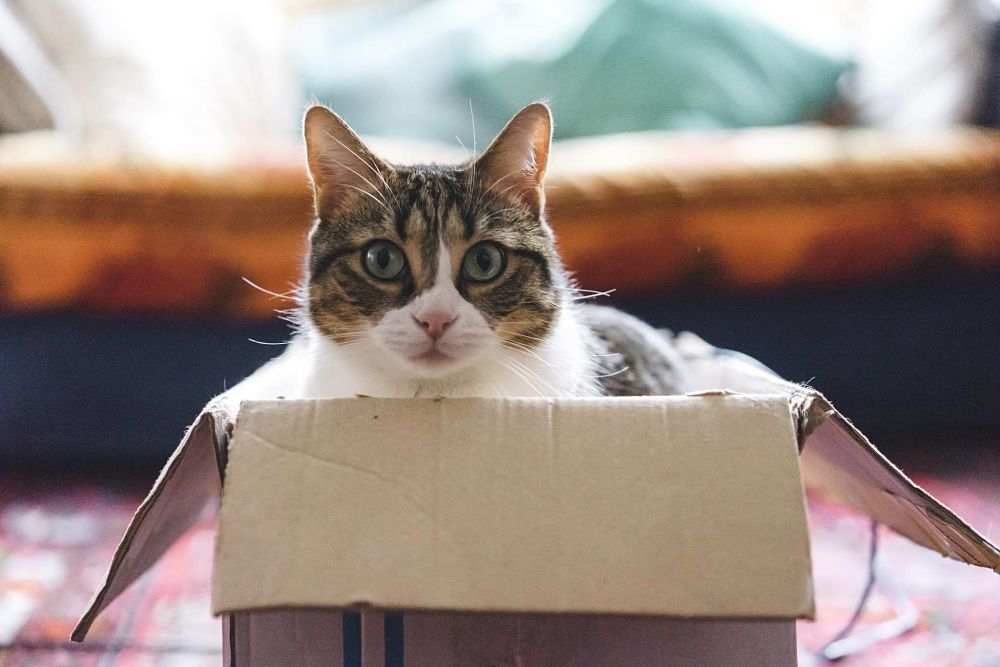
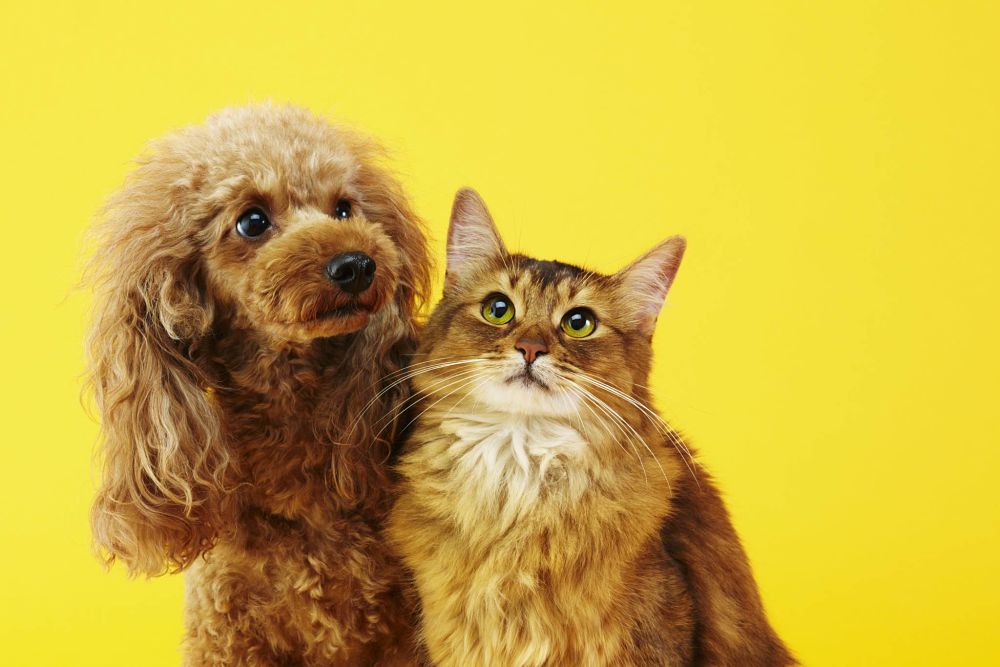
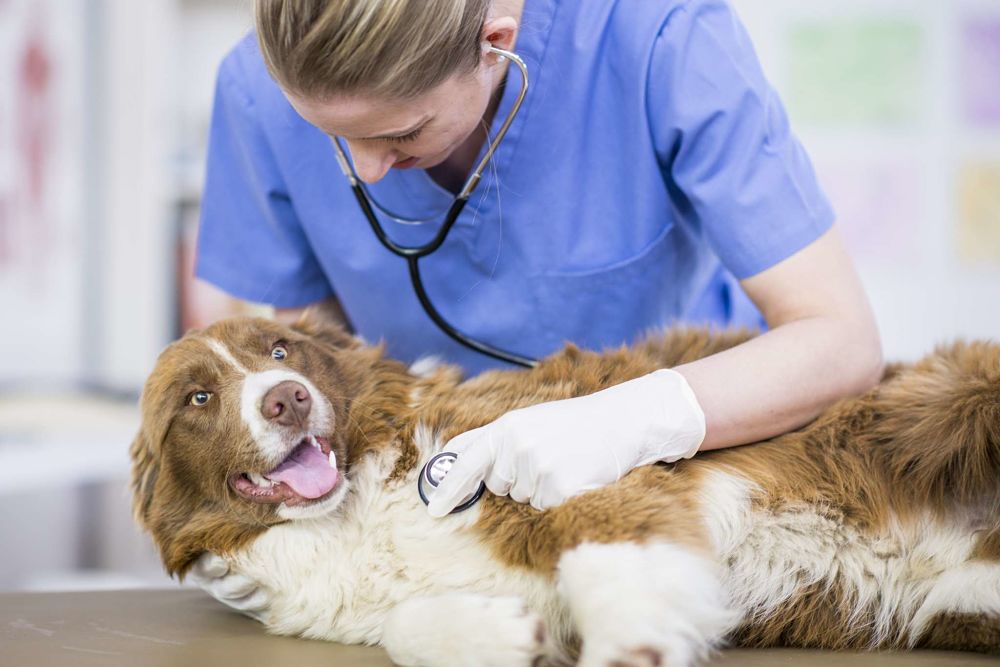
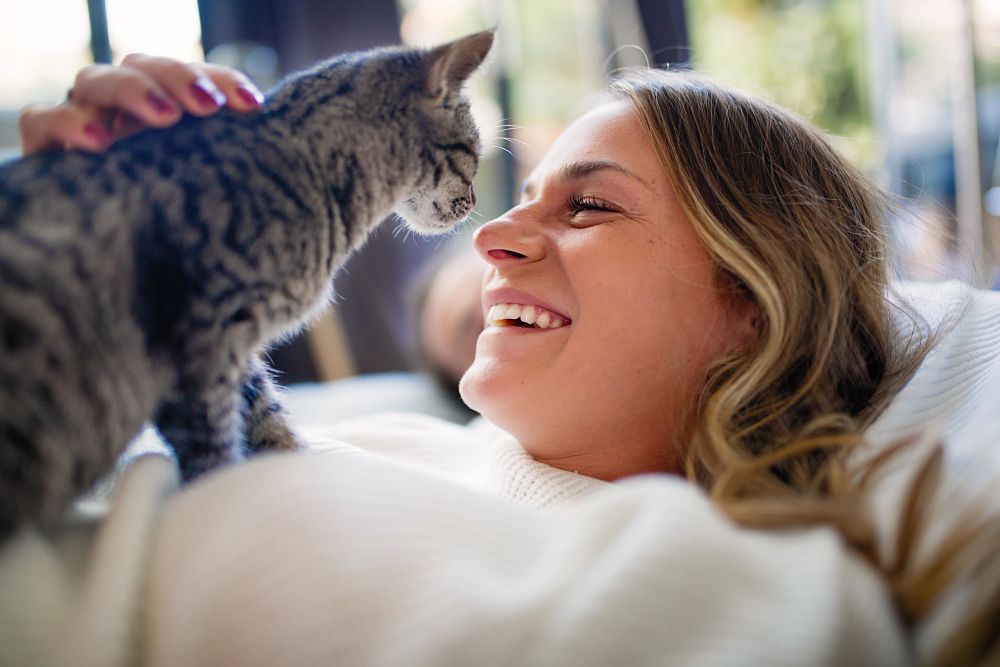




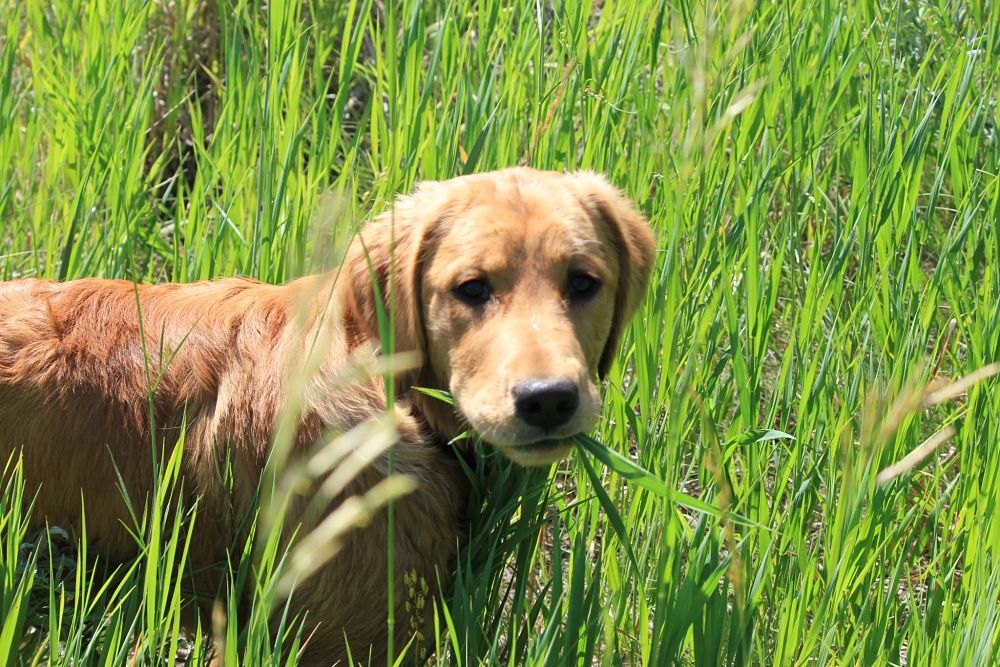
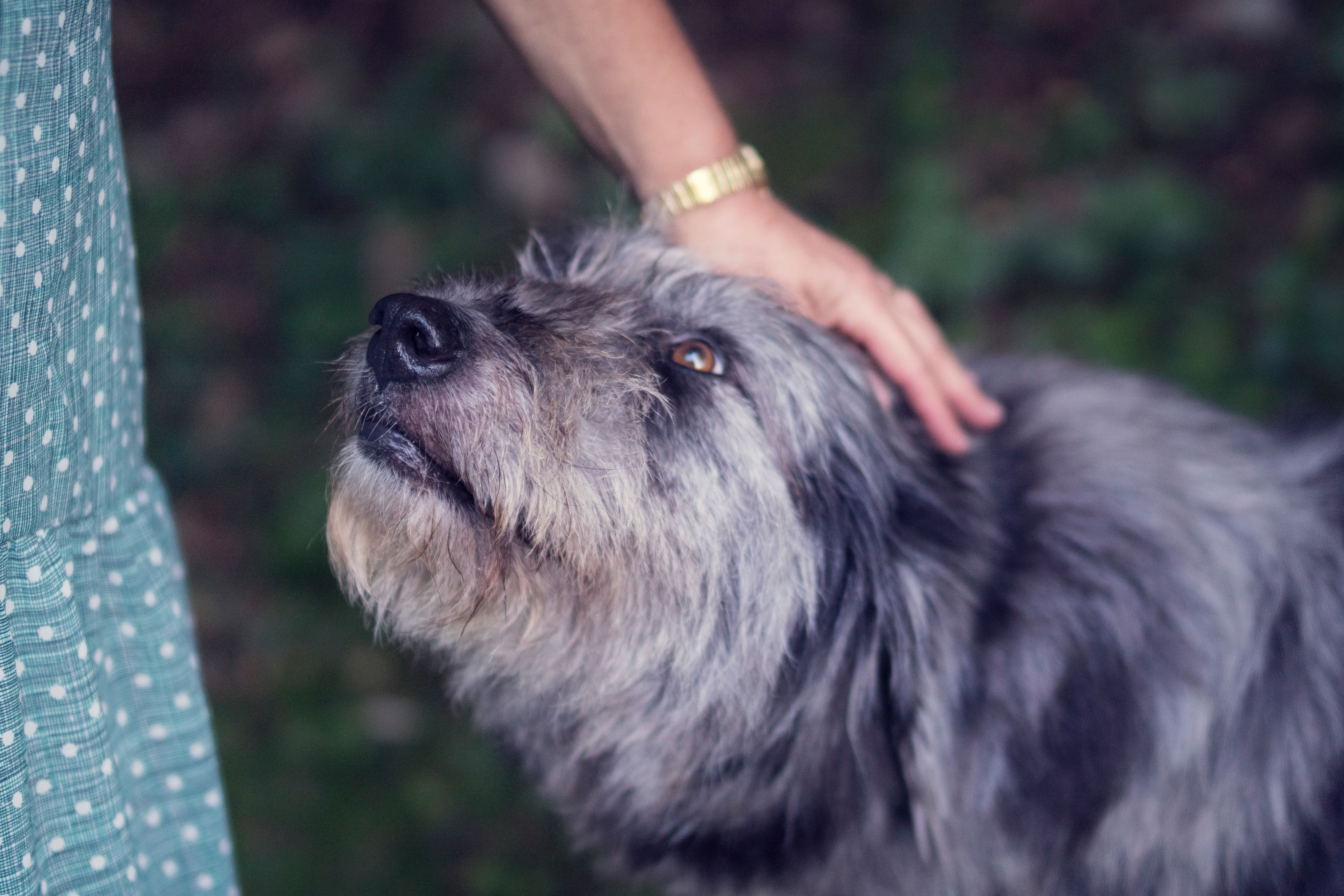
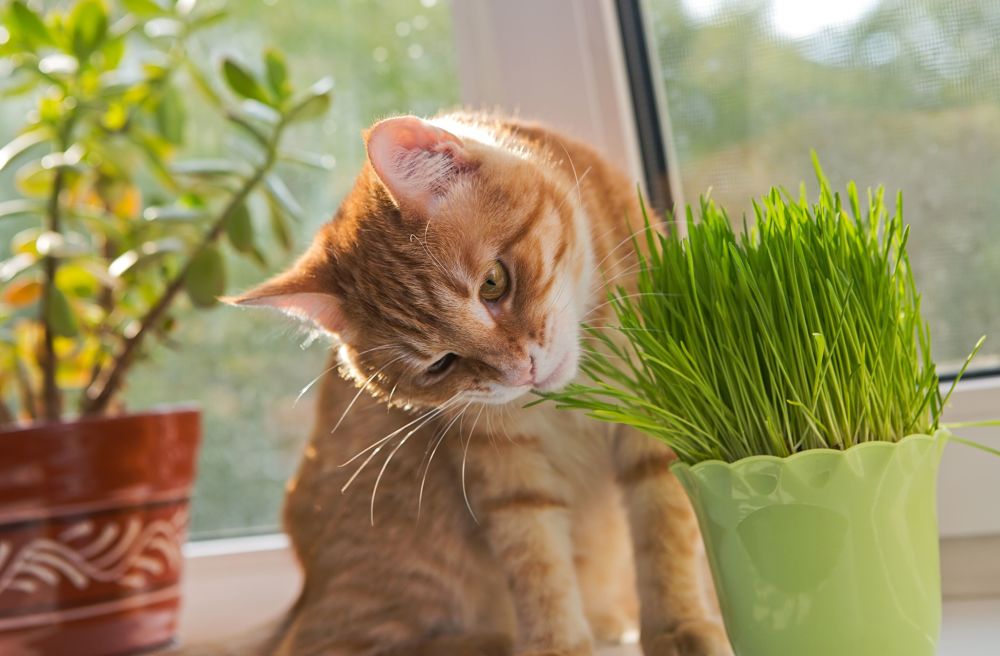
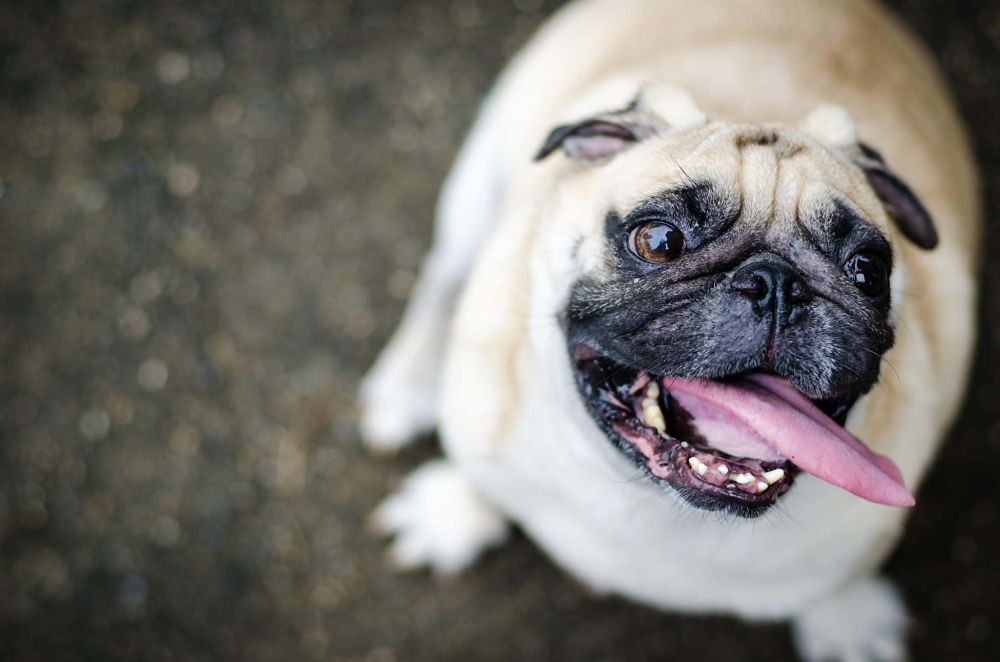
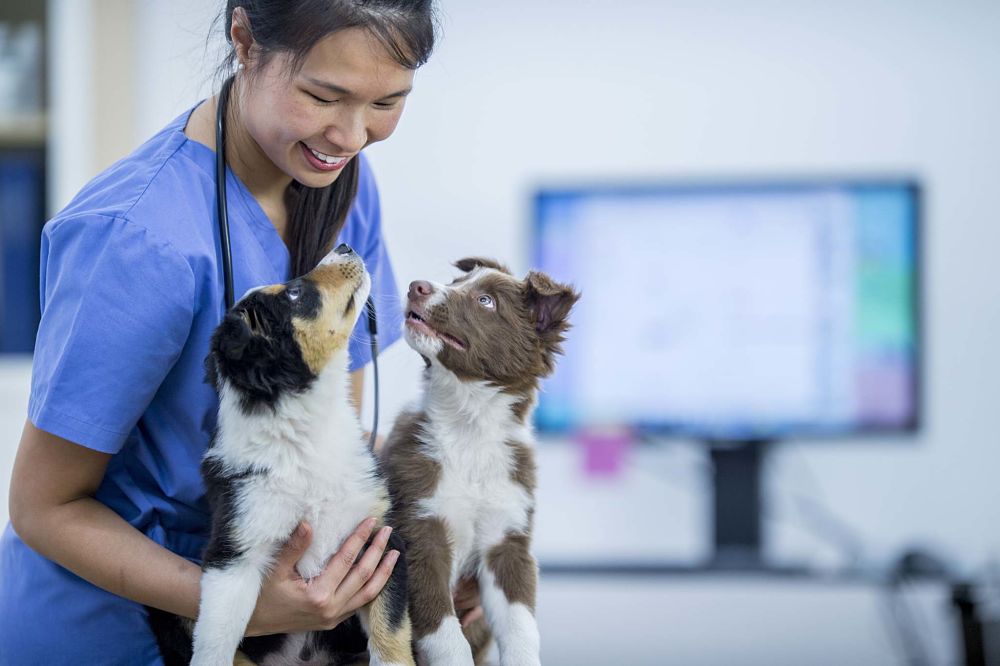
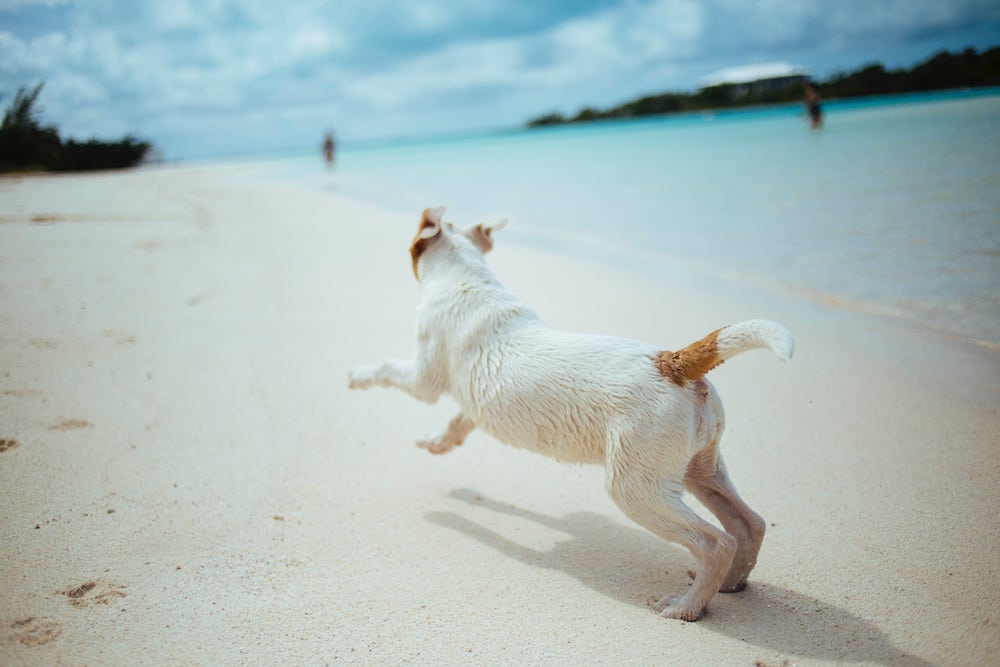
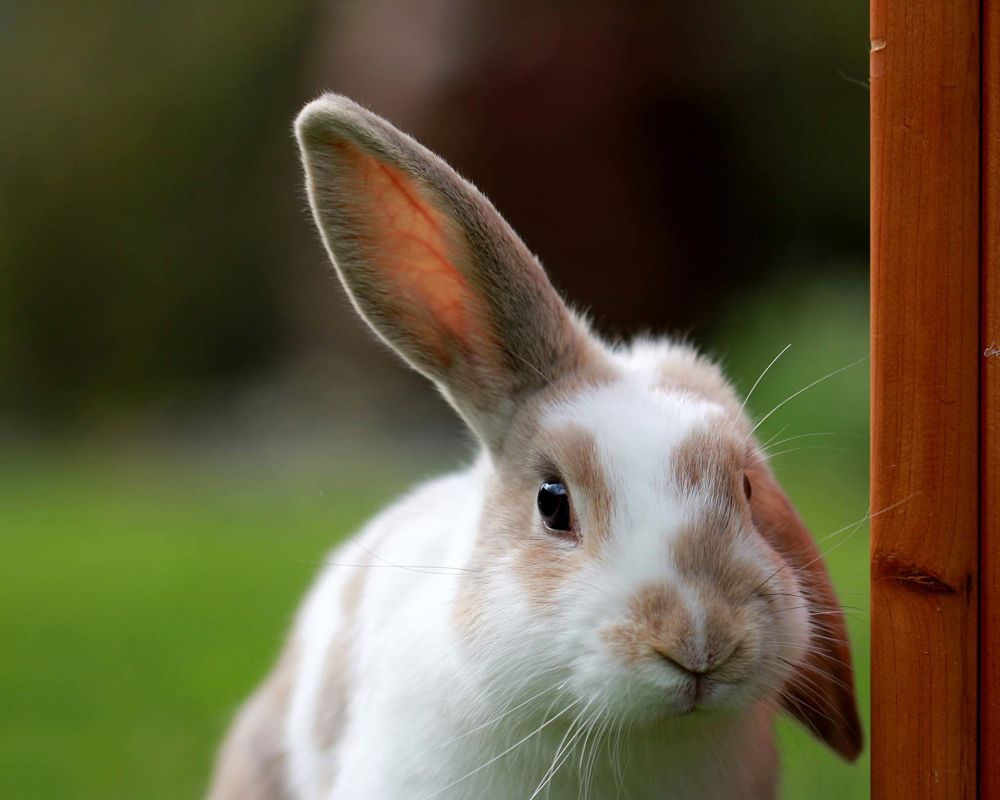
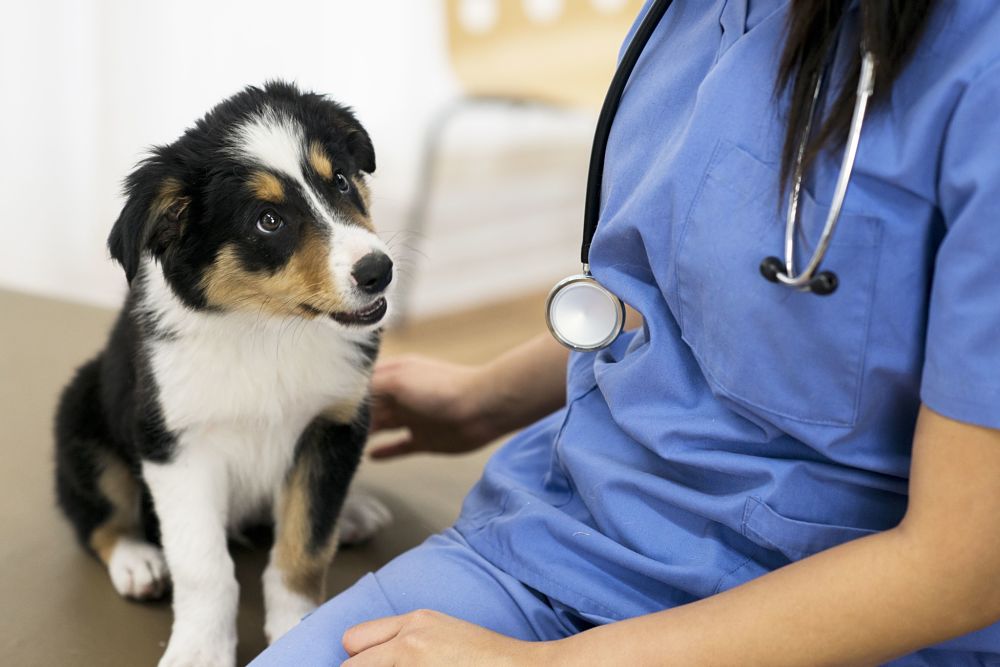

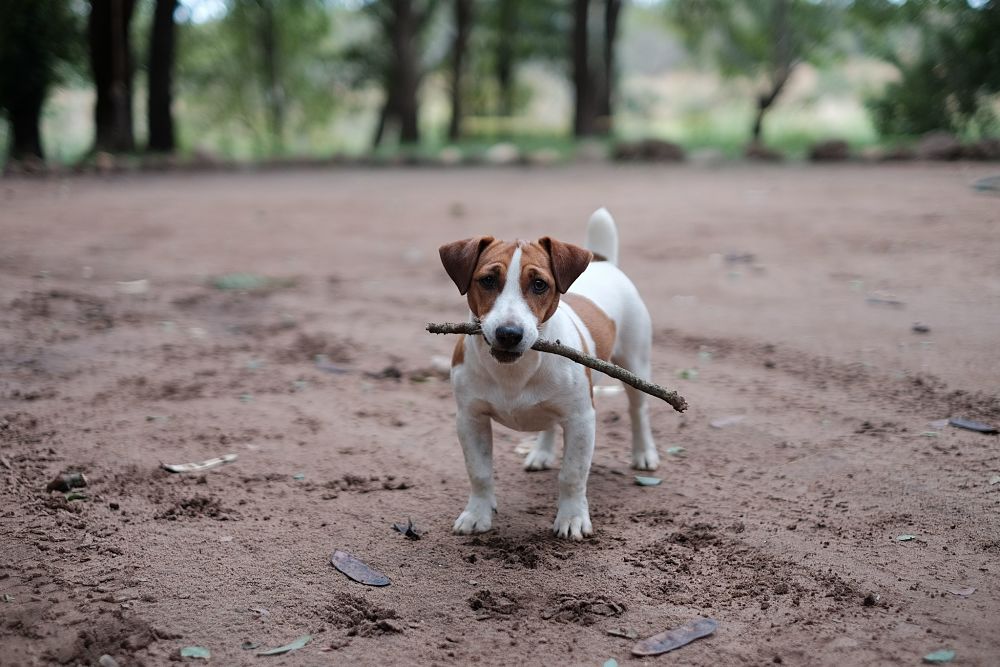
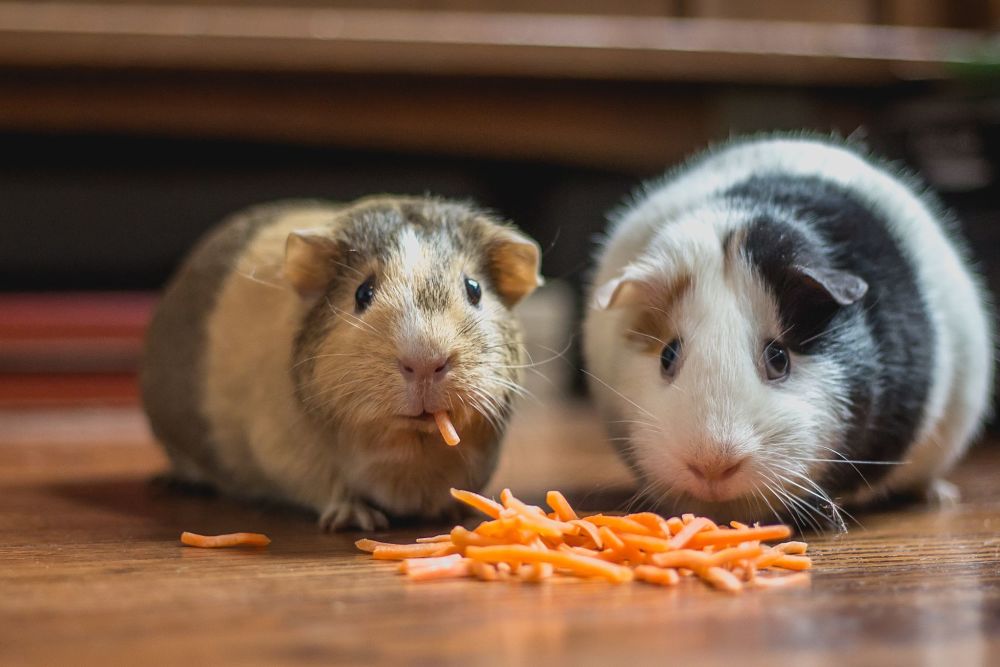
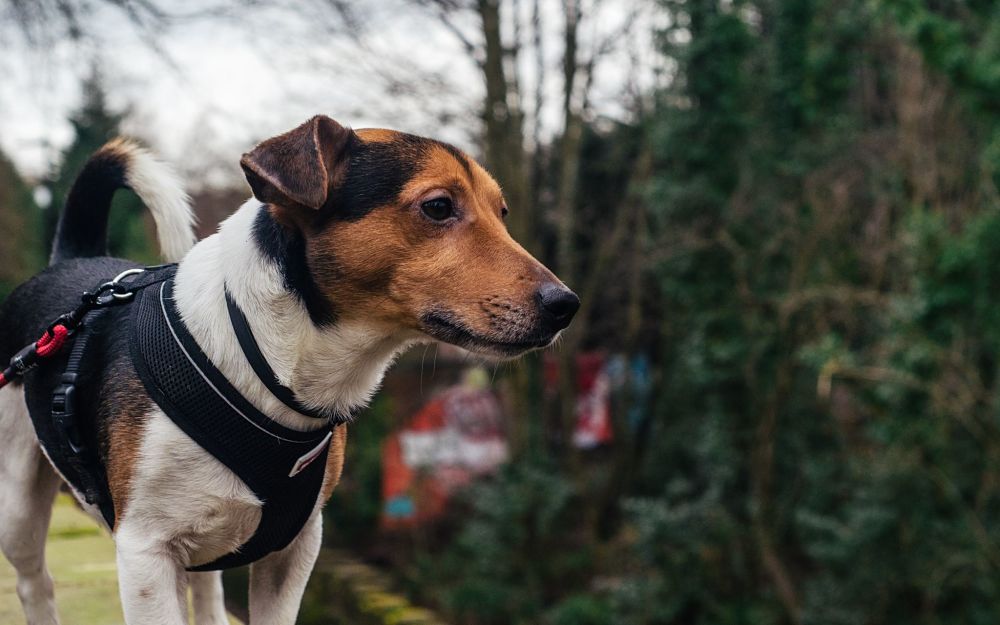

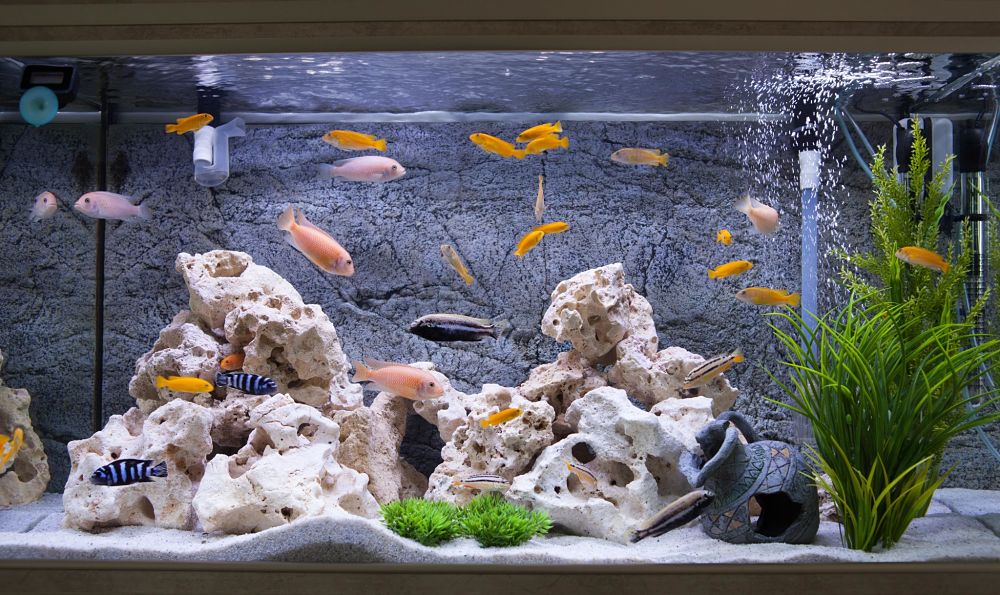
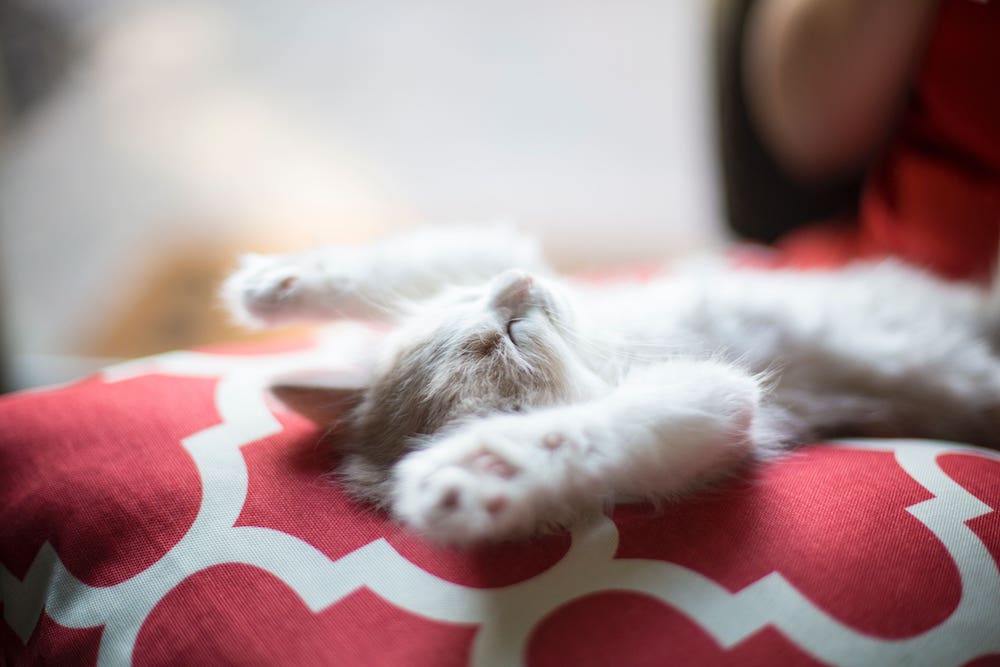
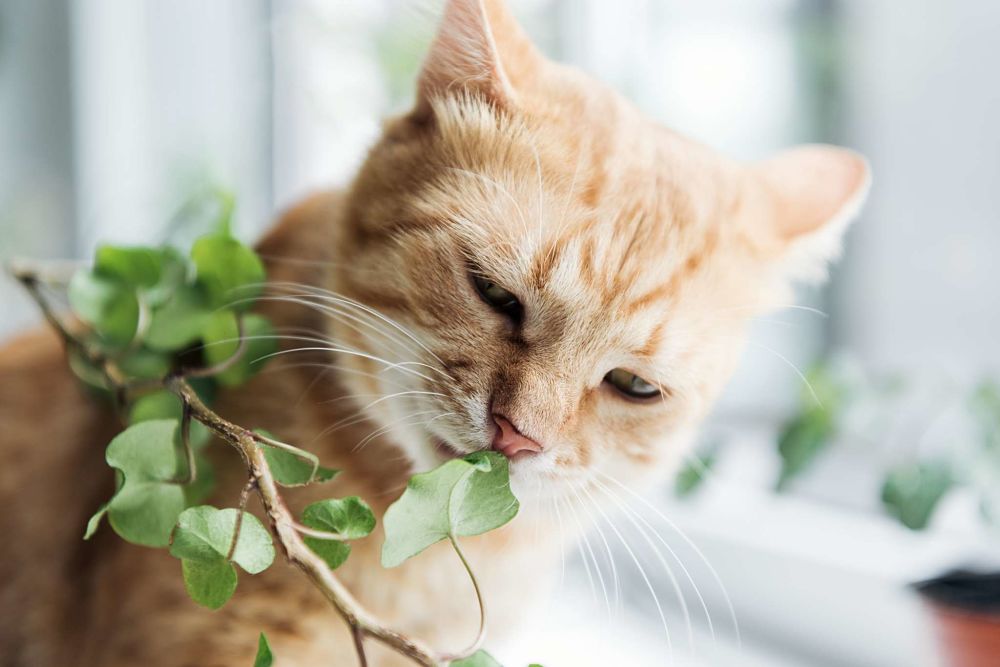
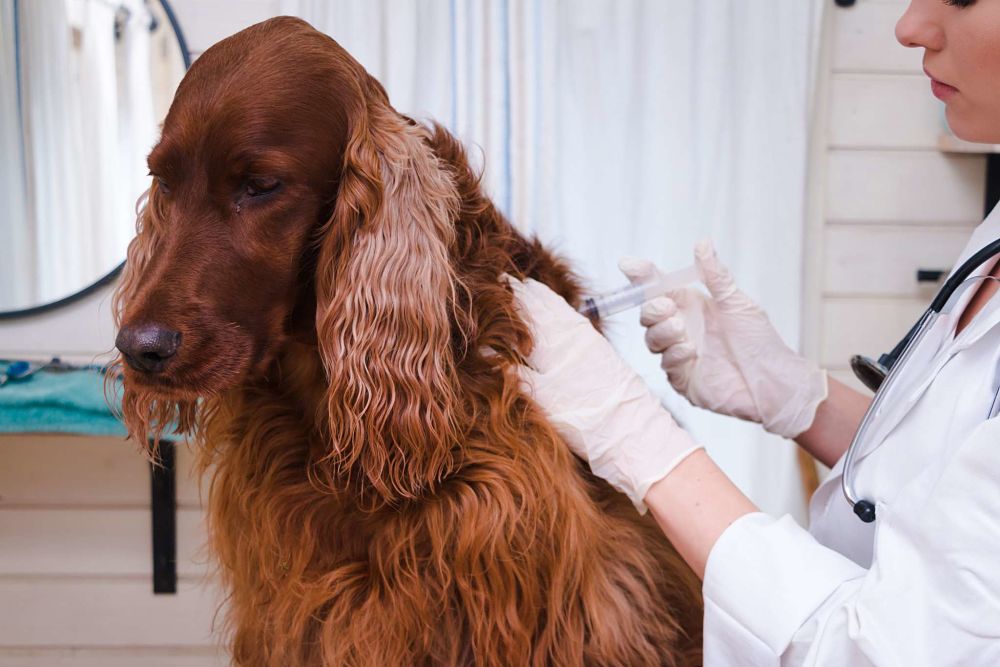
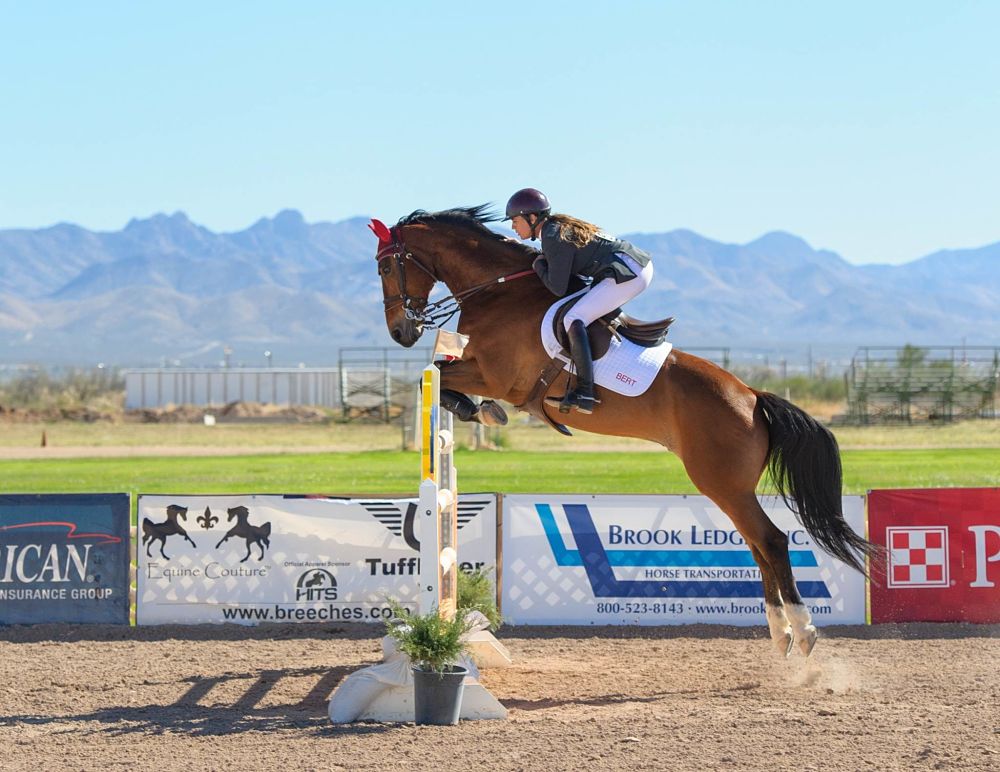

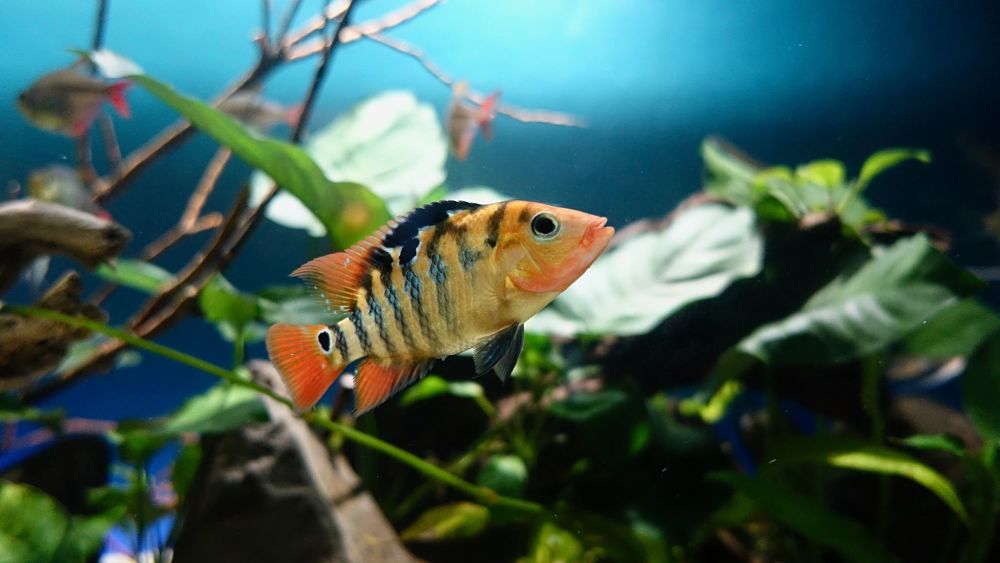
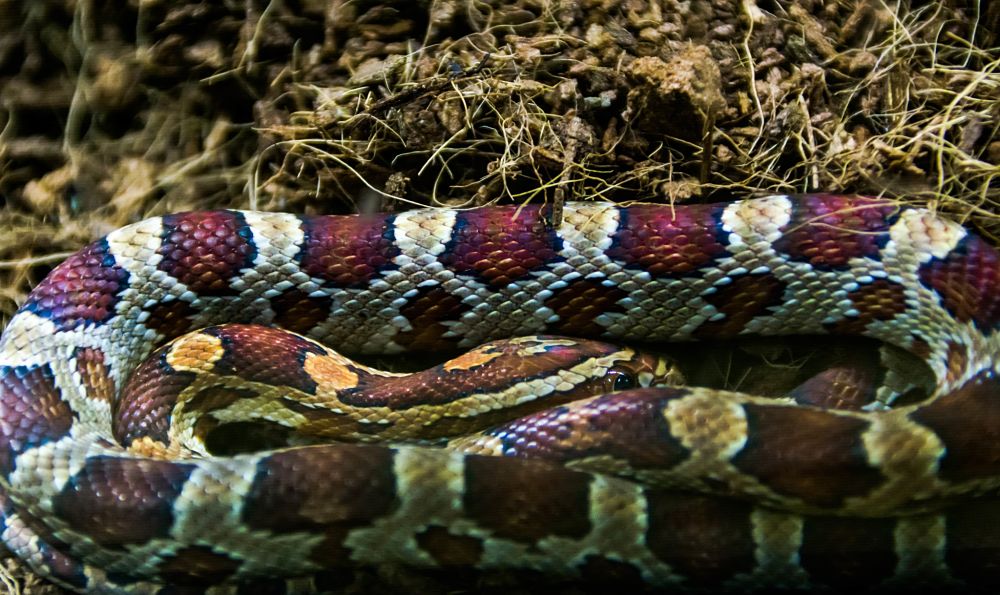
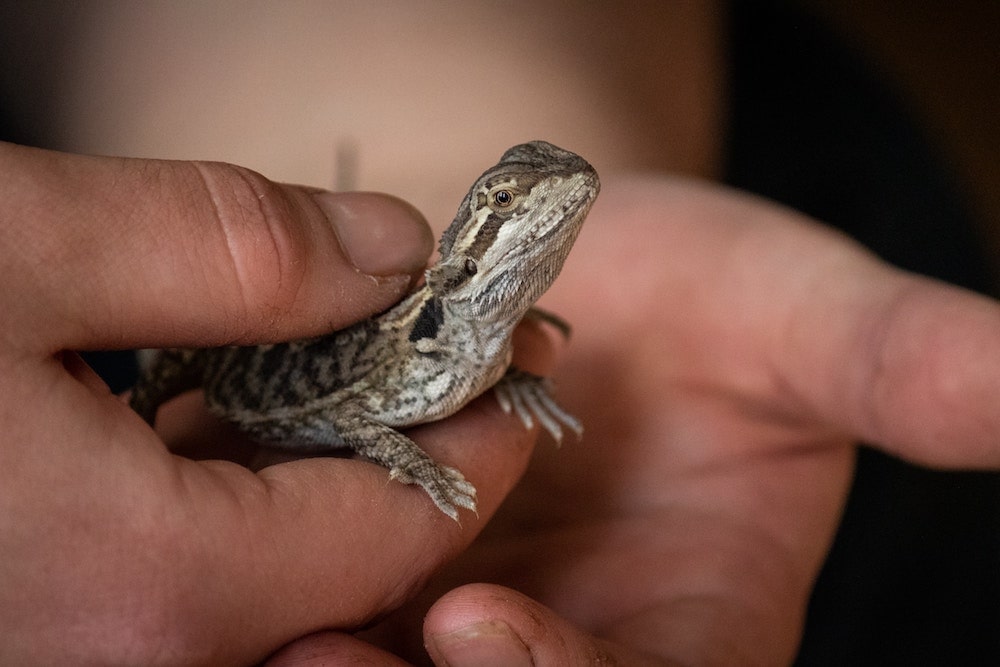

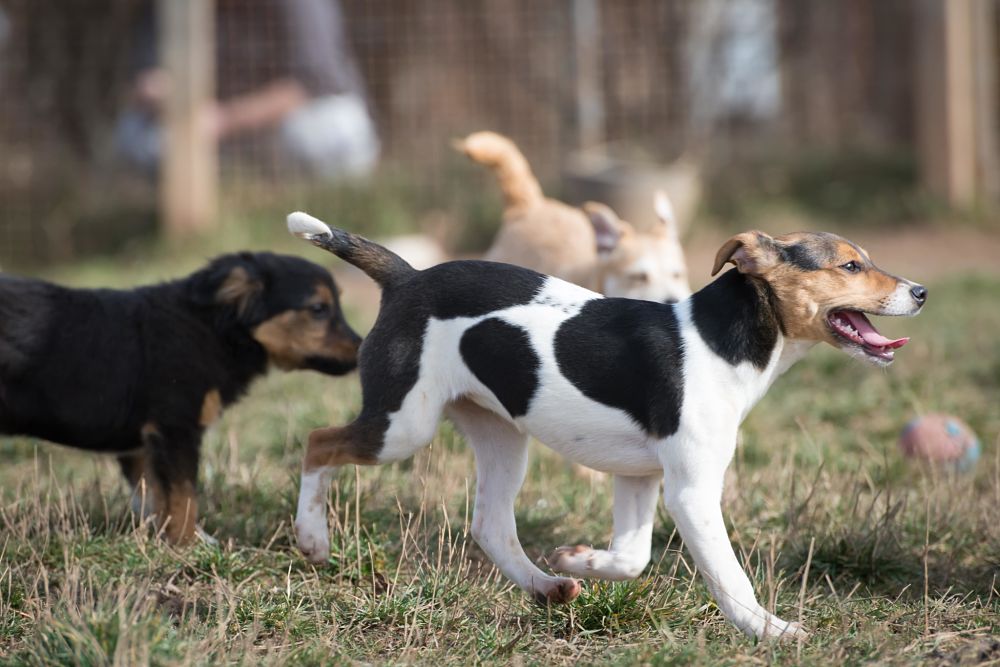
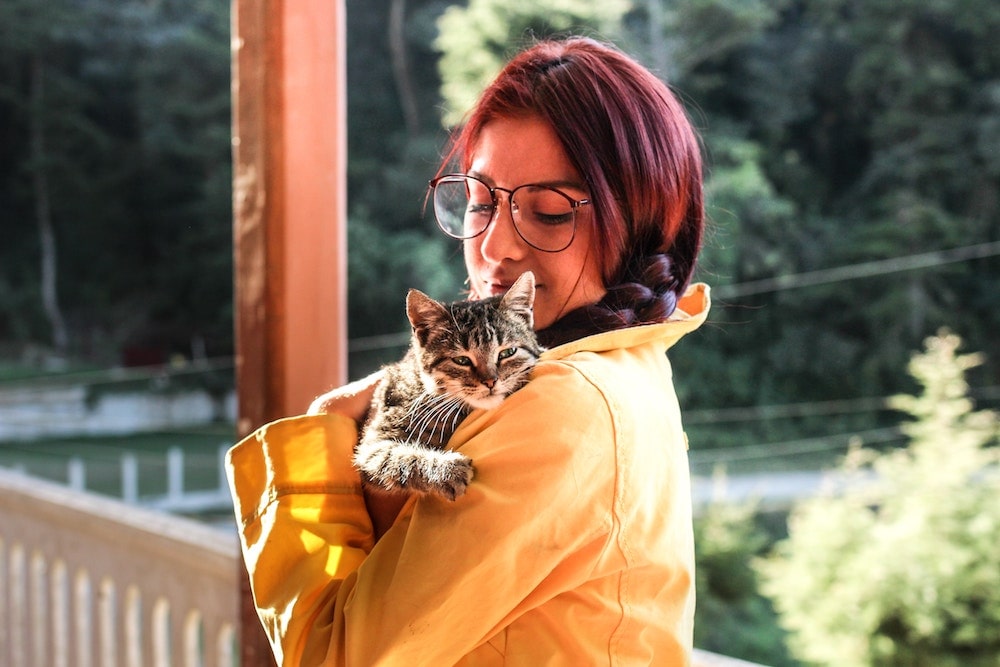
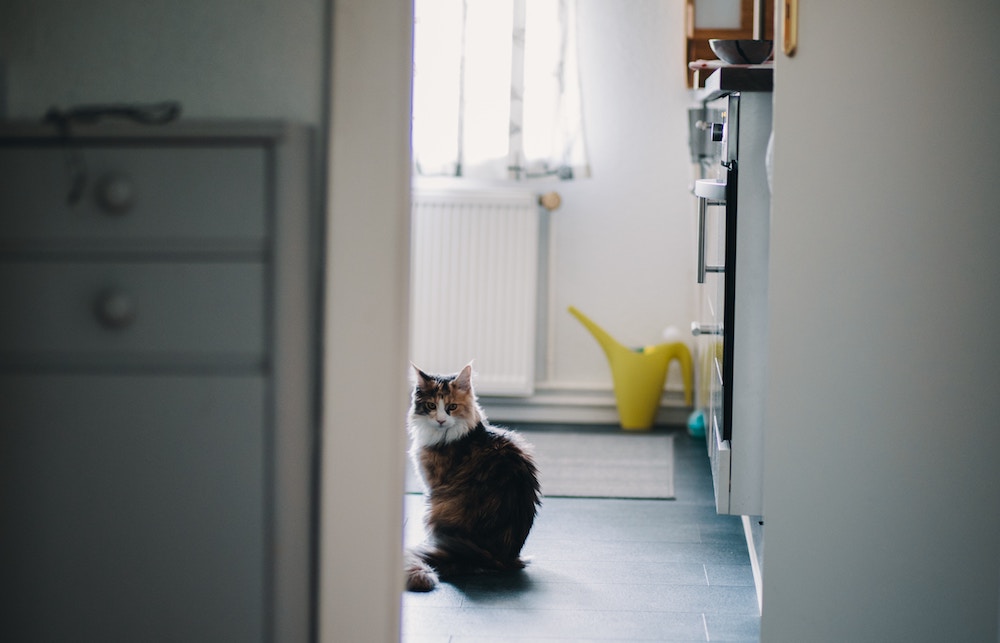
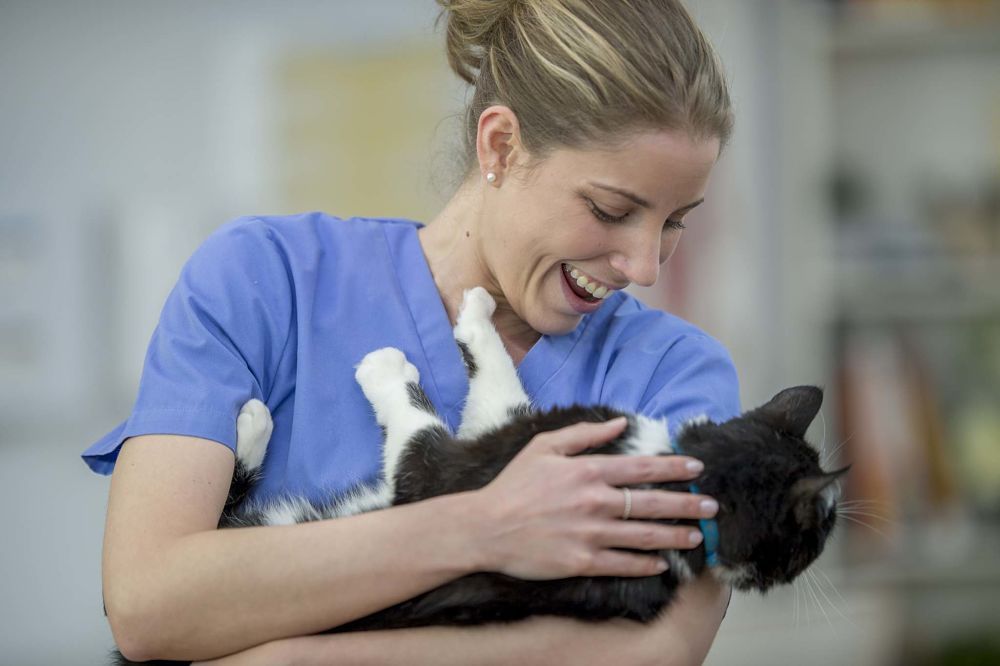
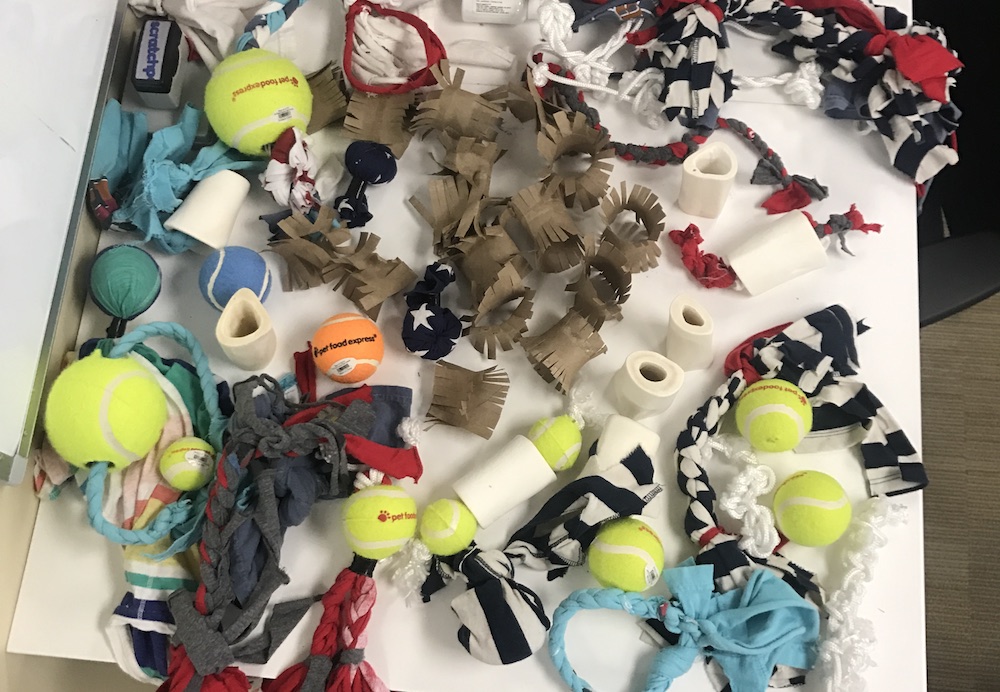
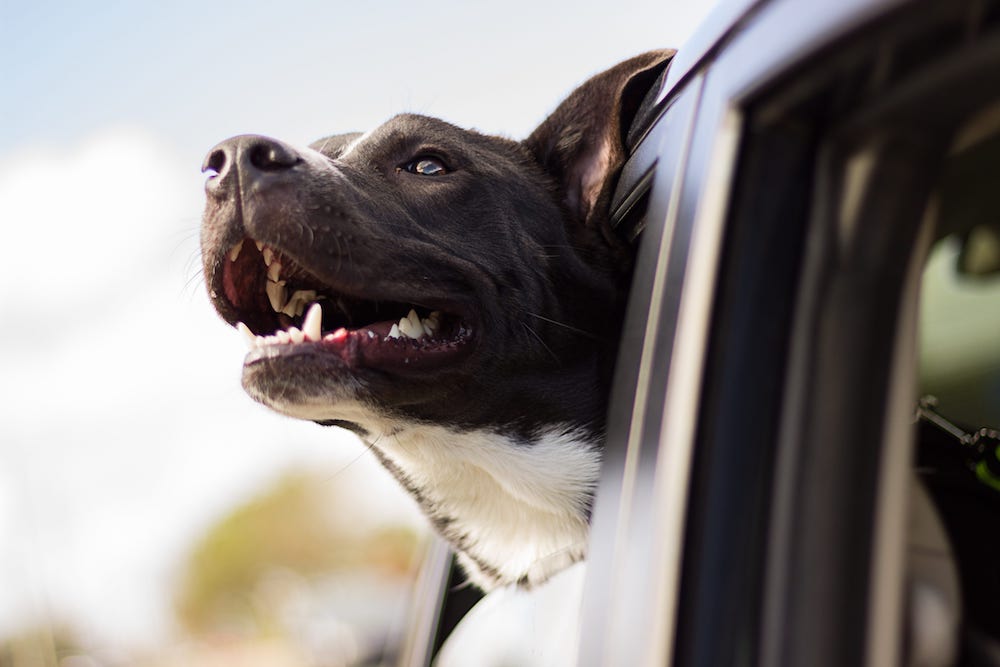
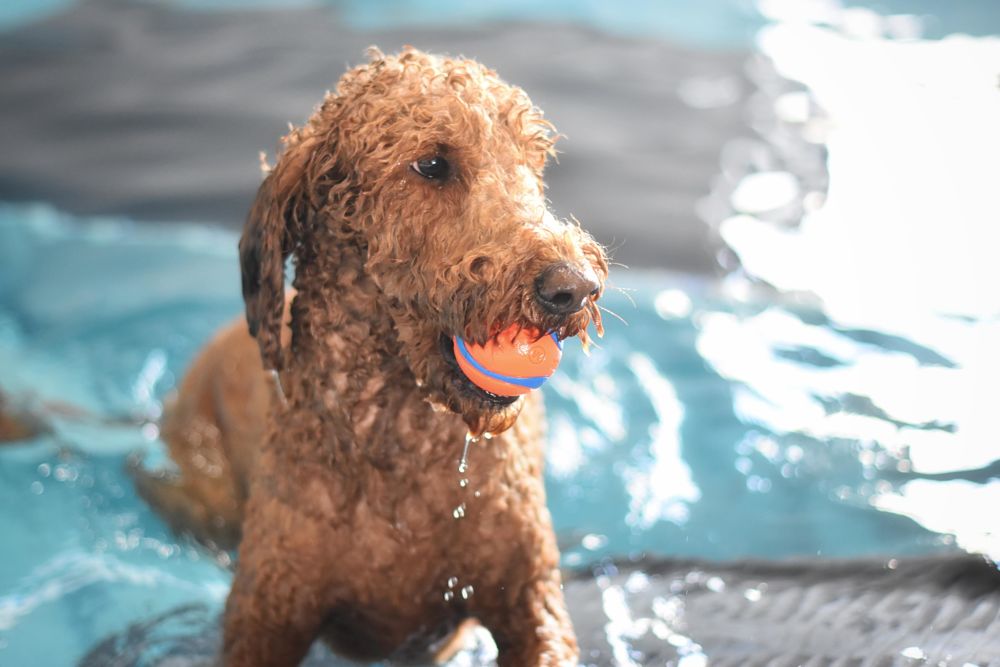
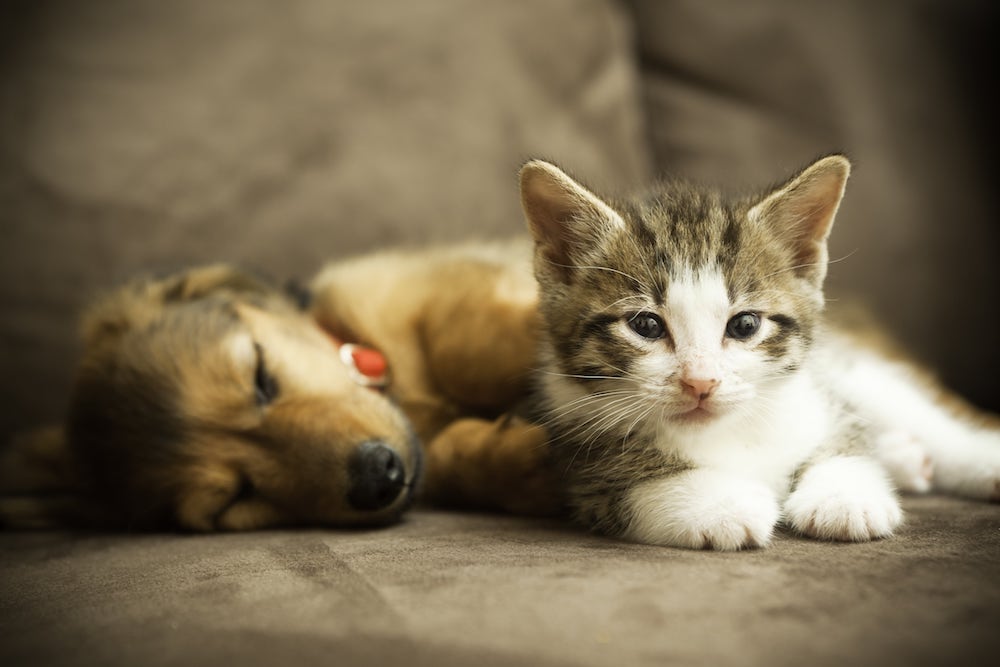
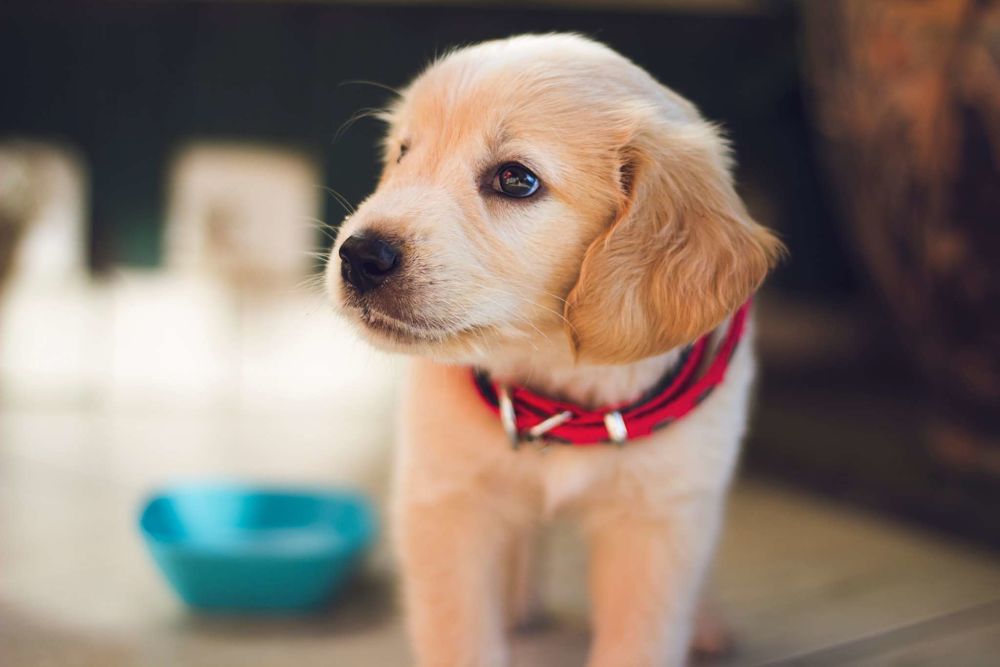


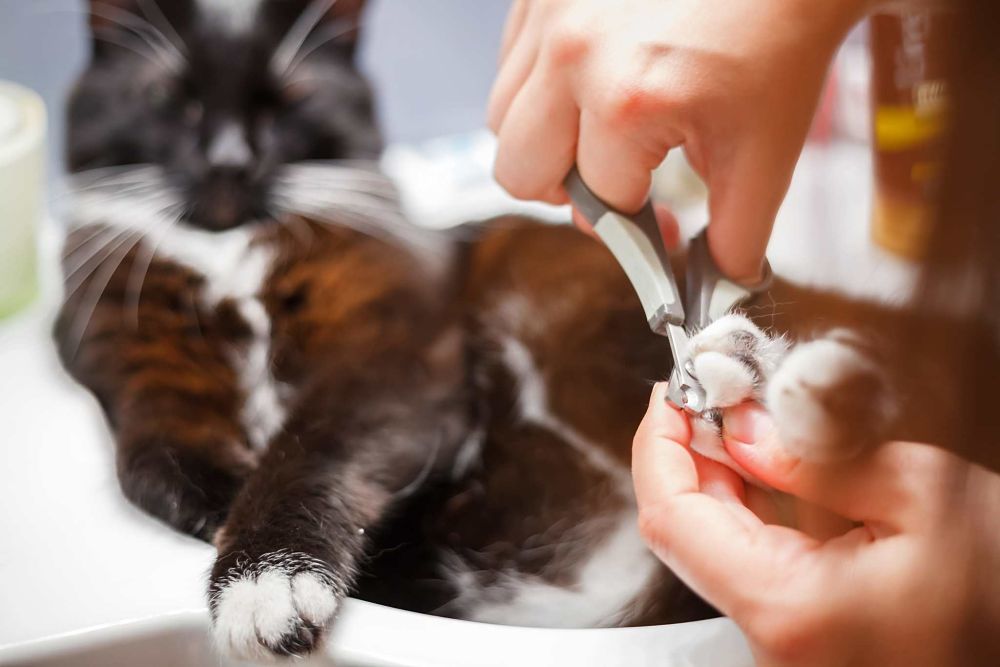
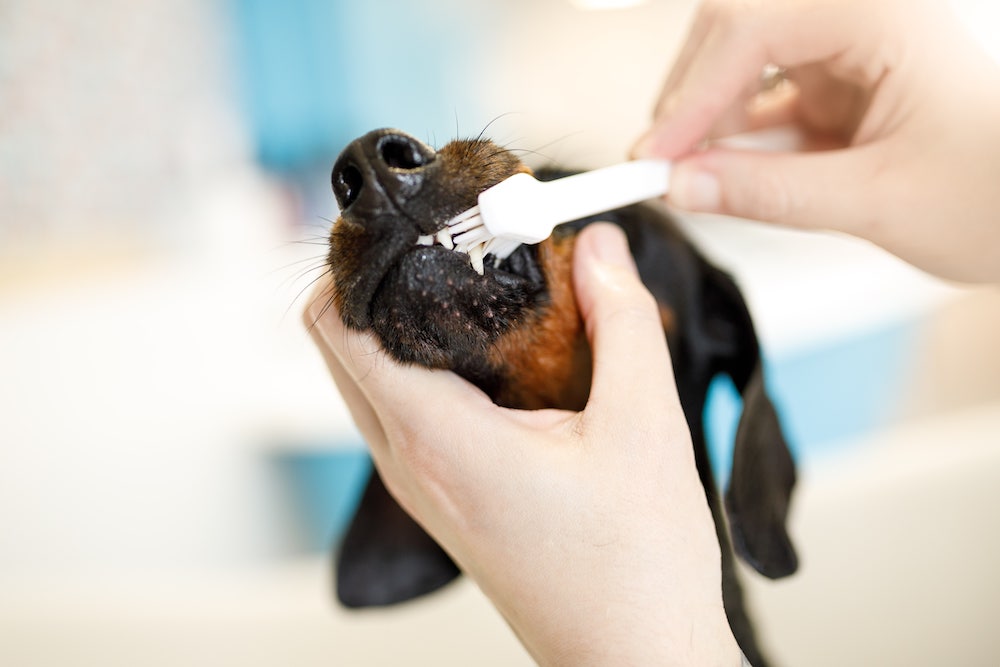
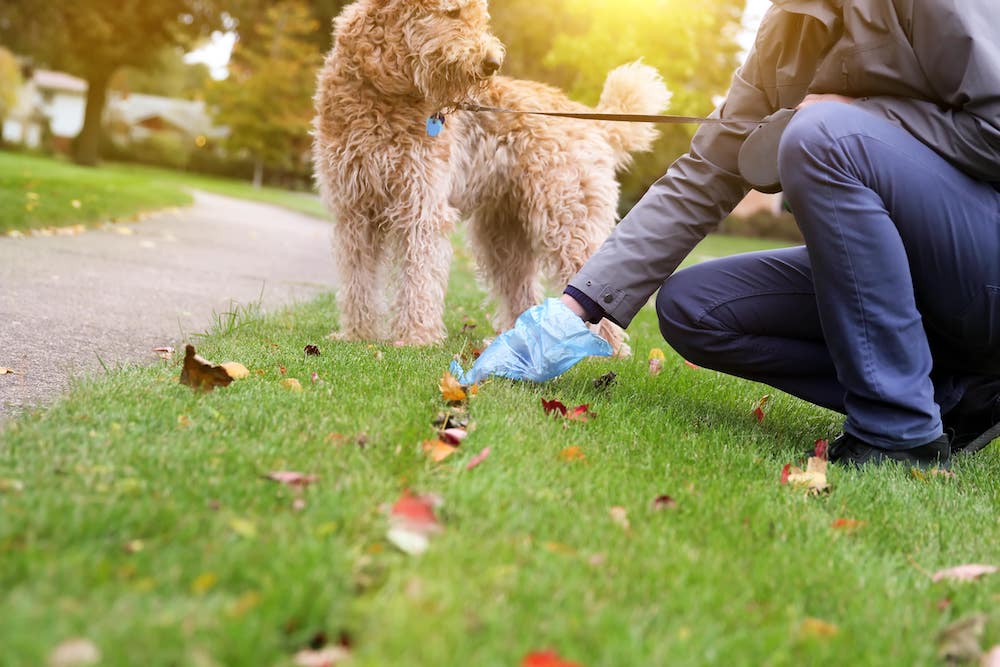
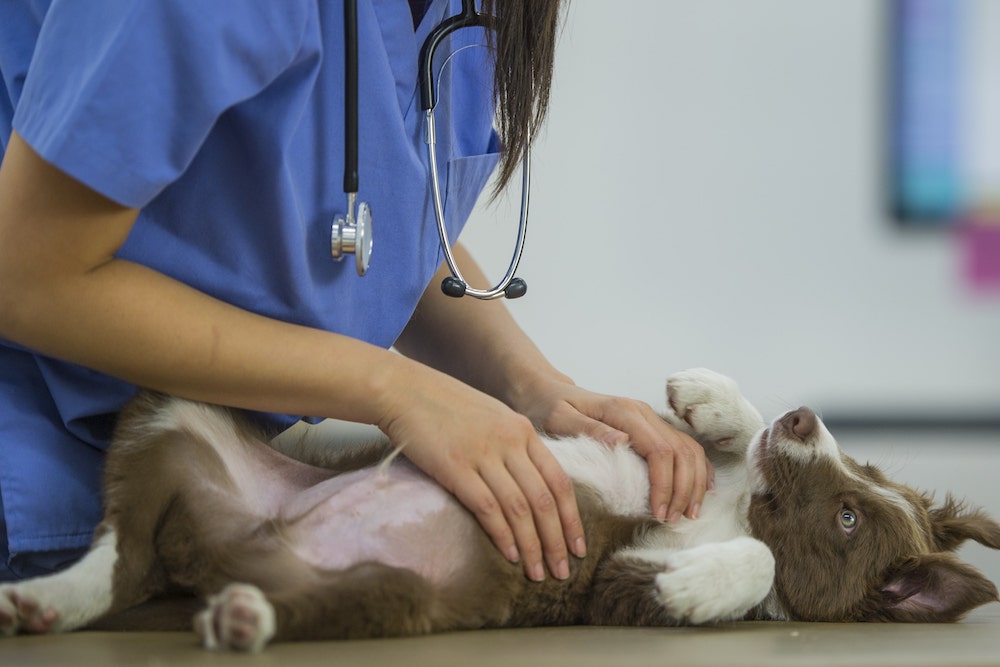
.jpg)


